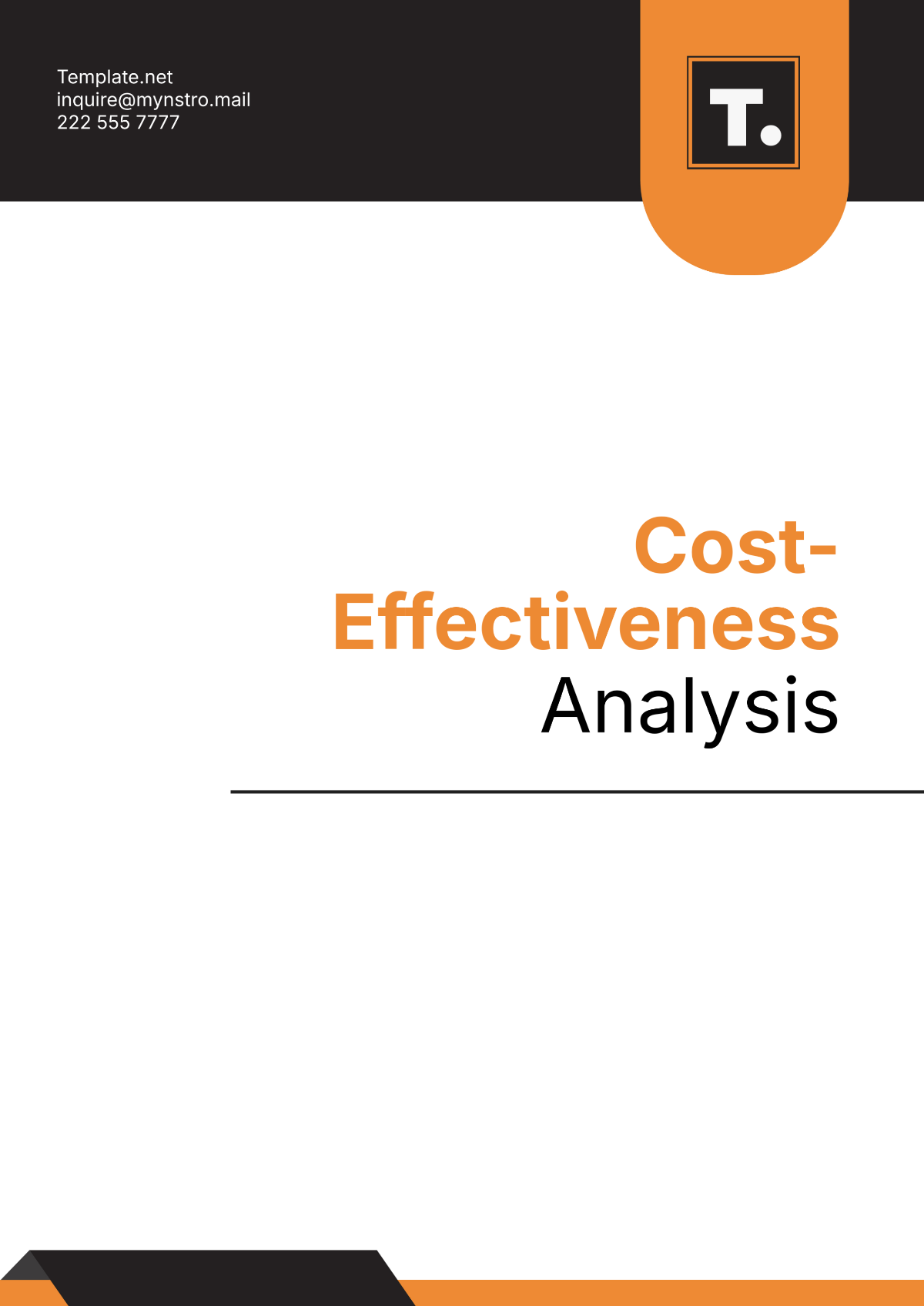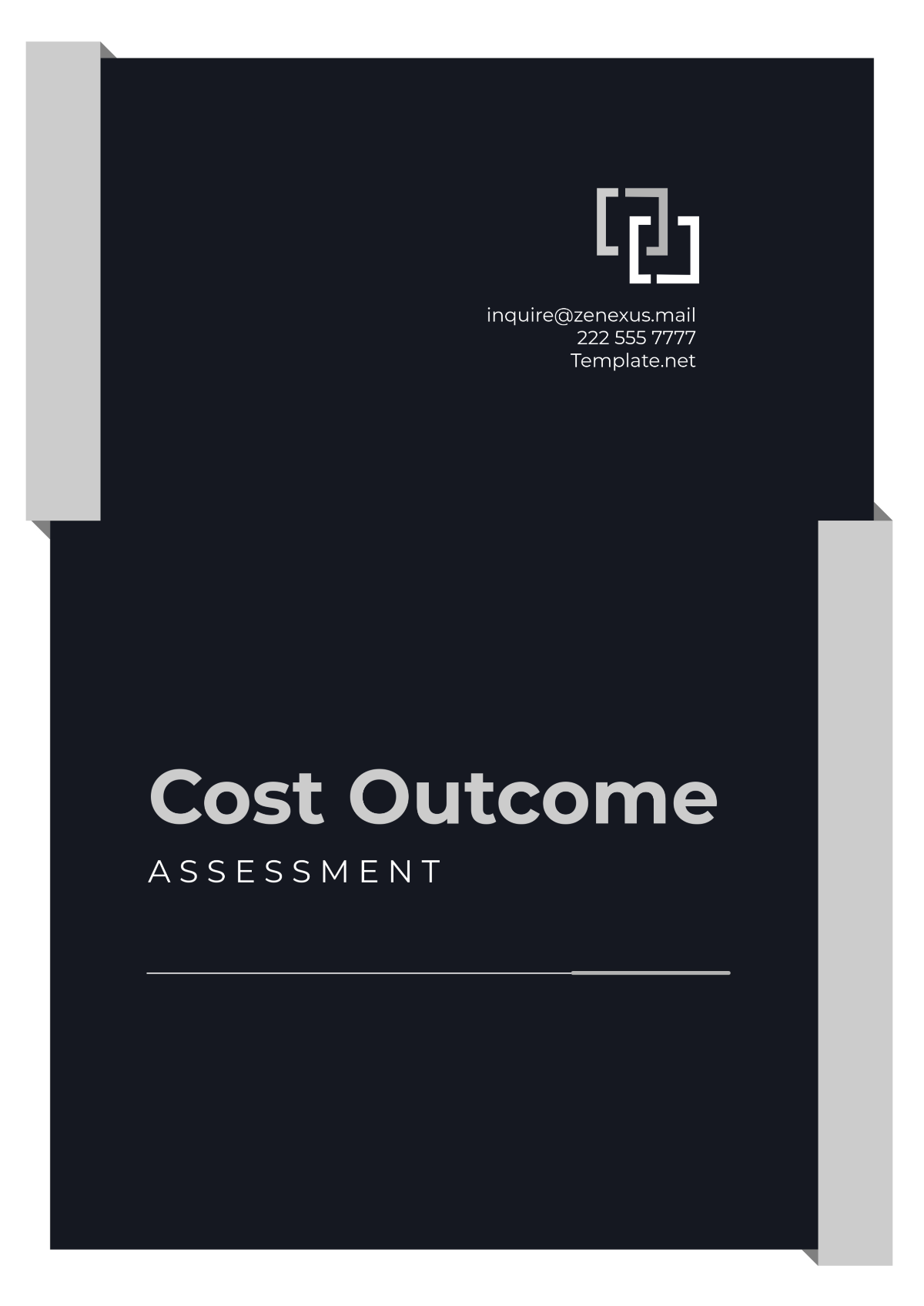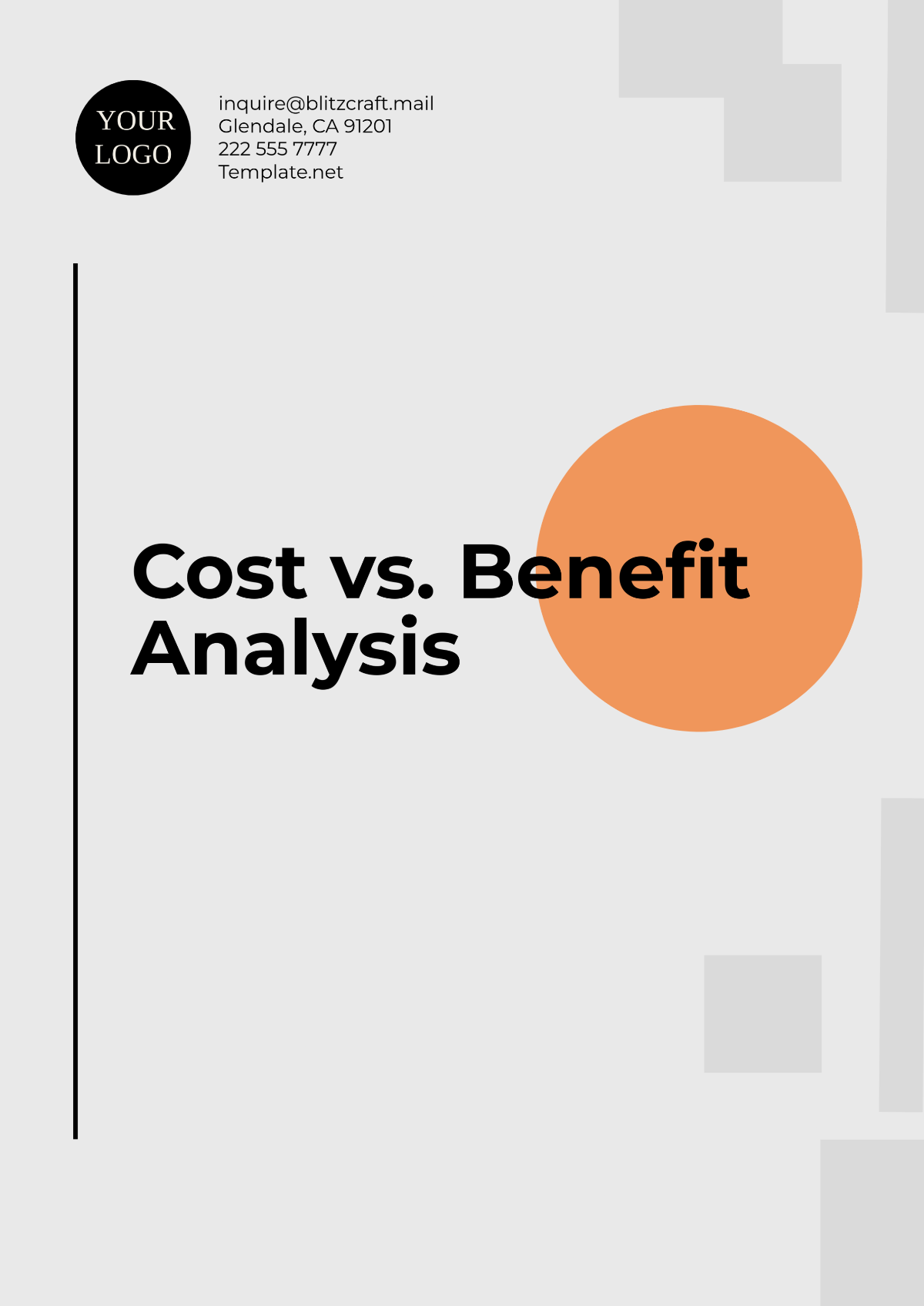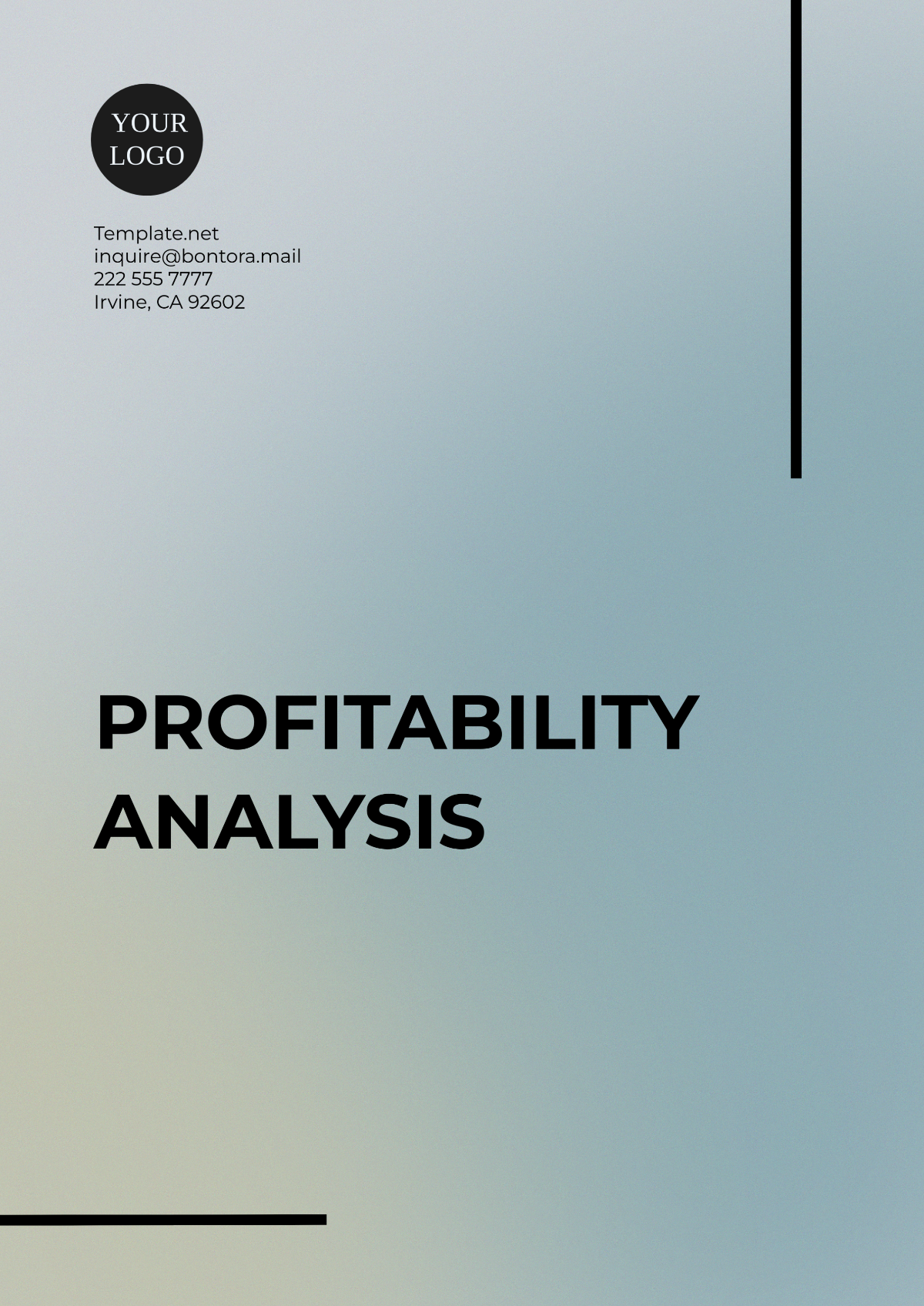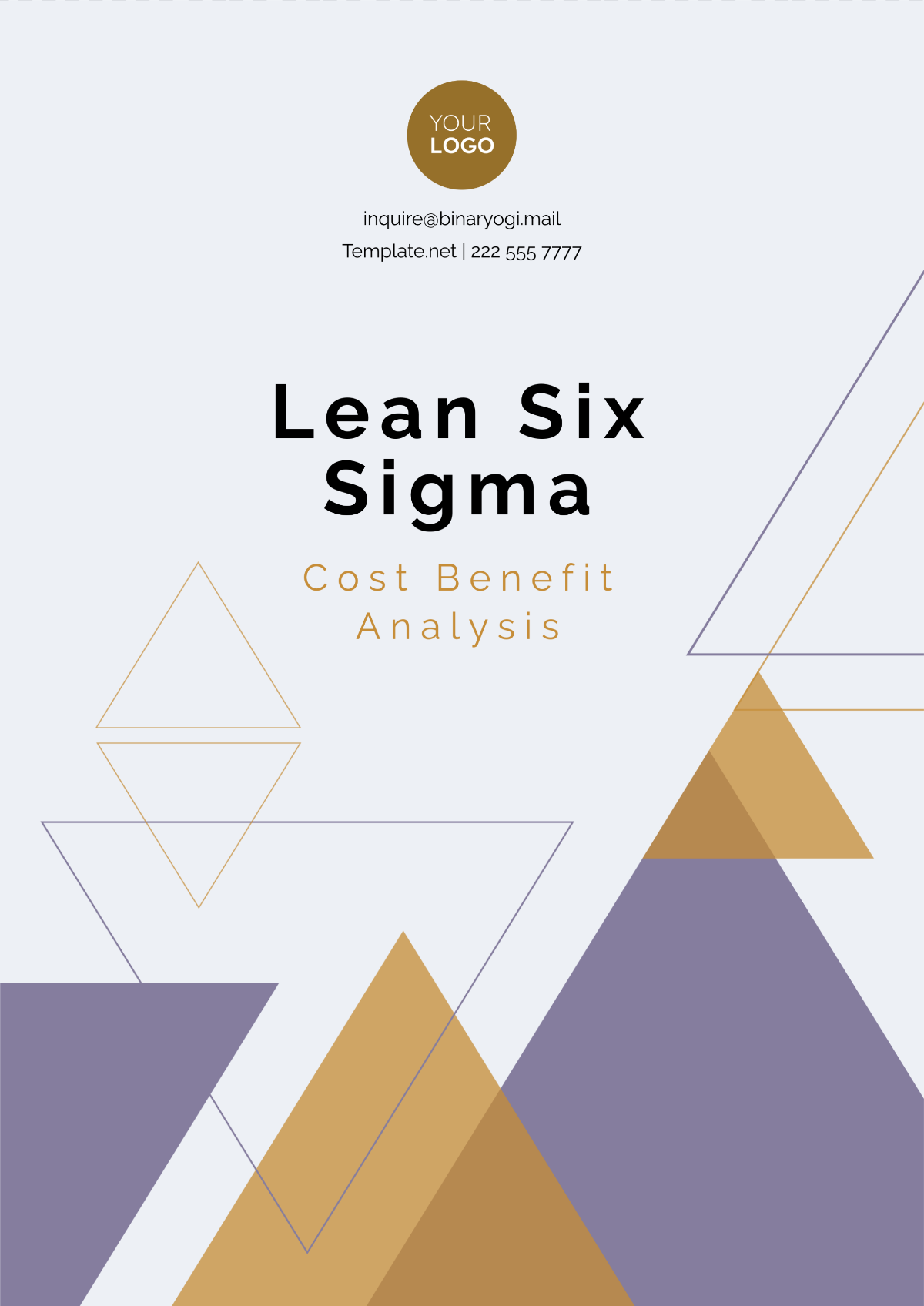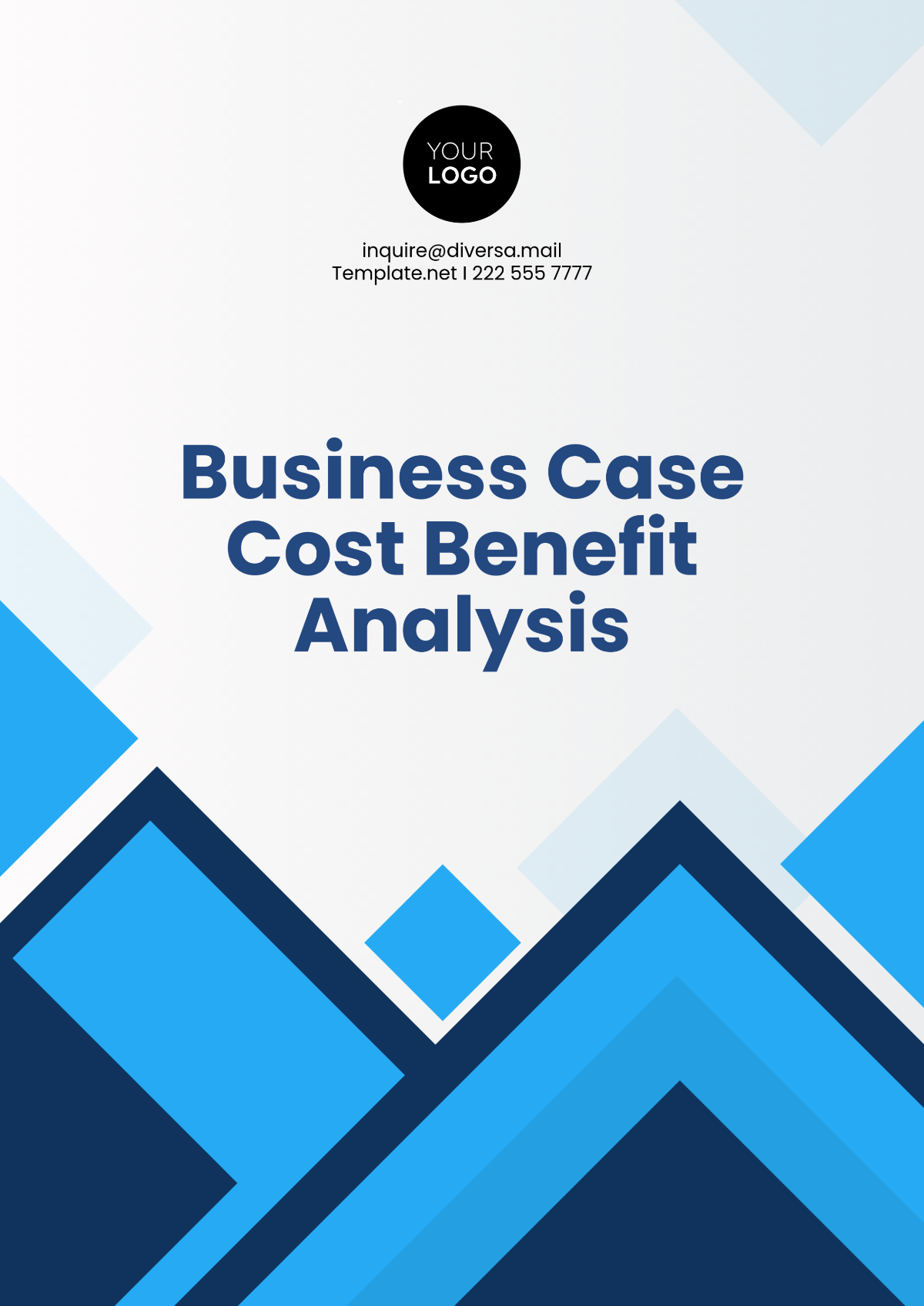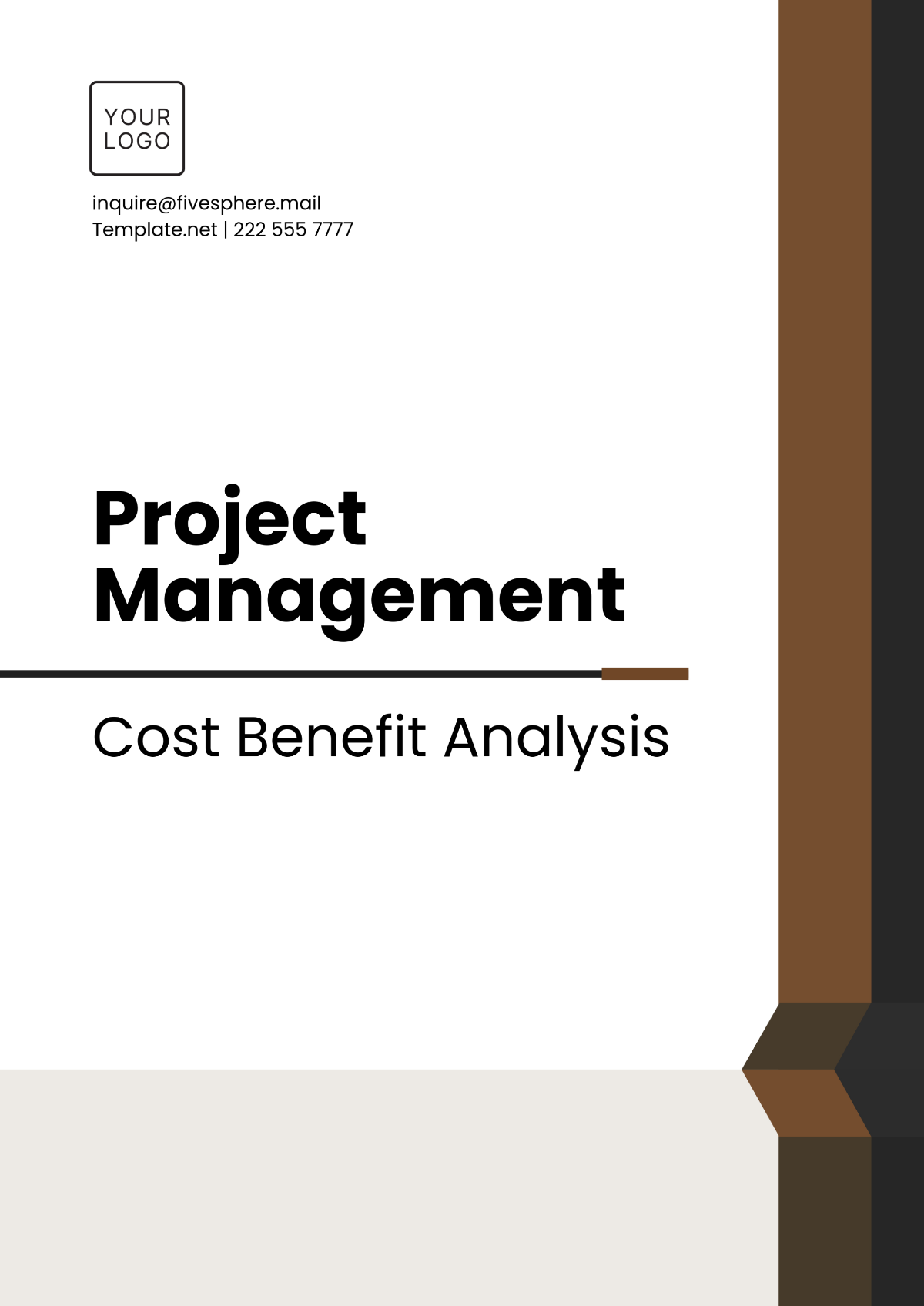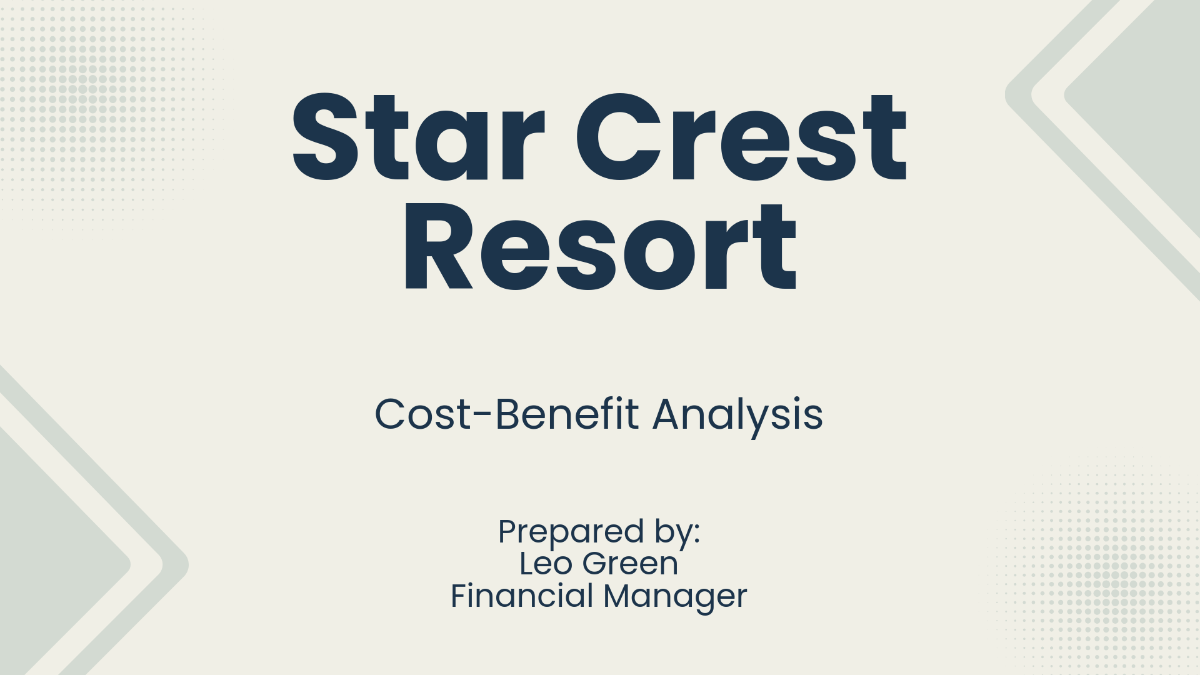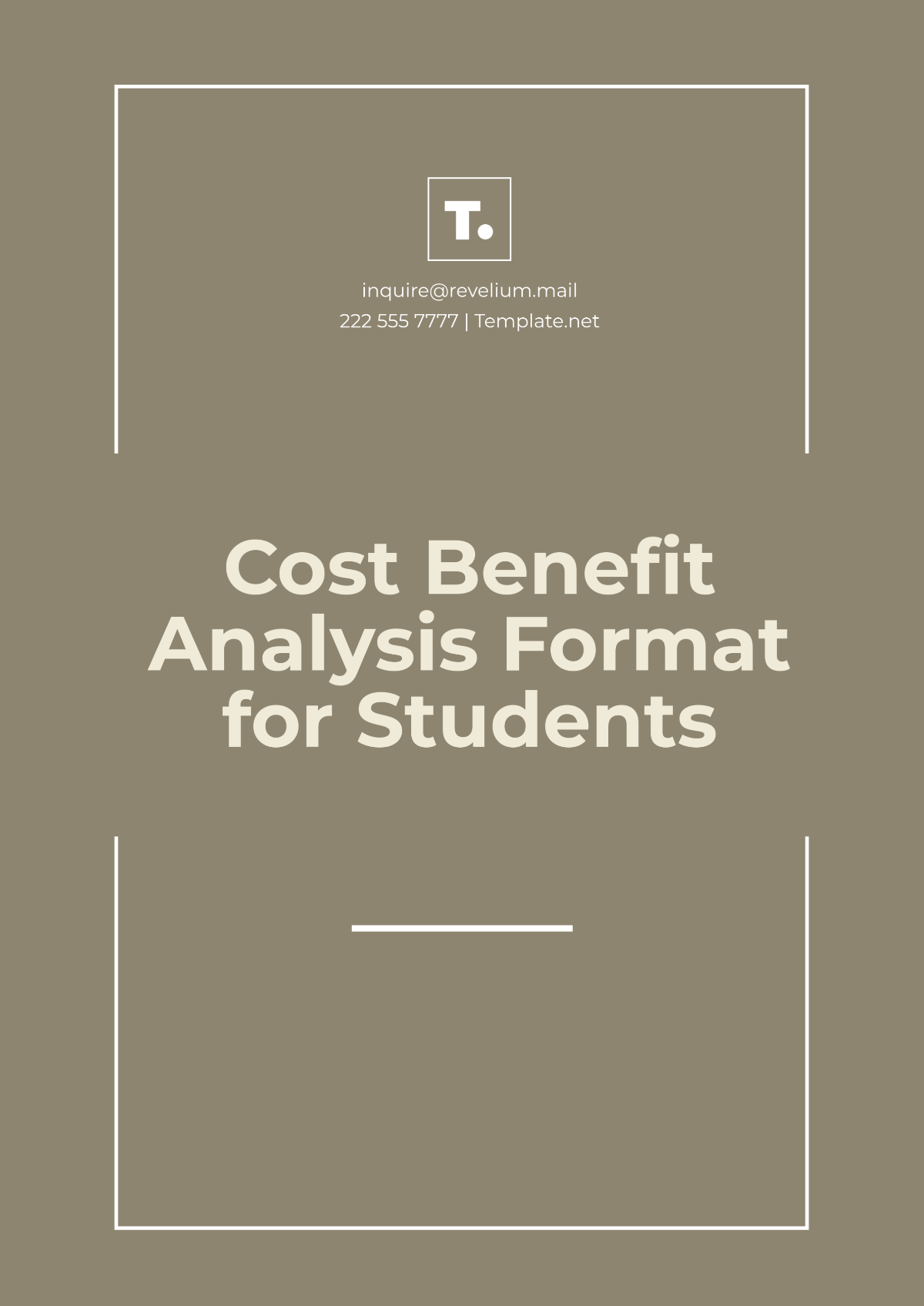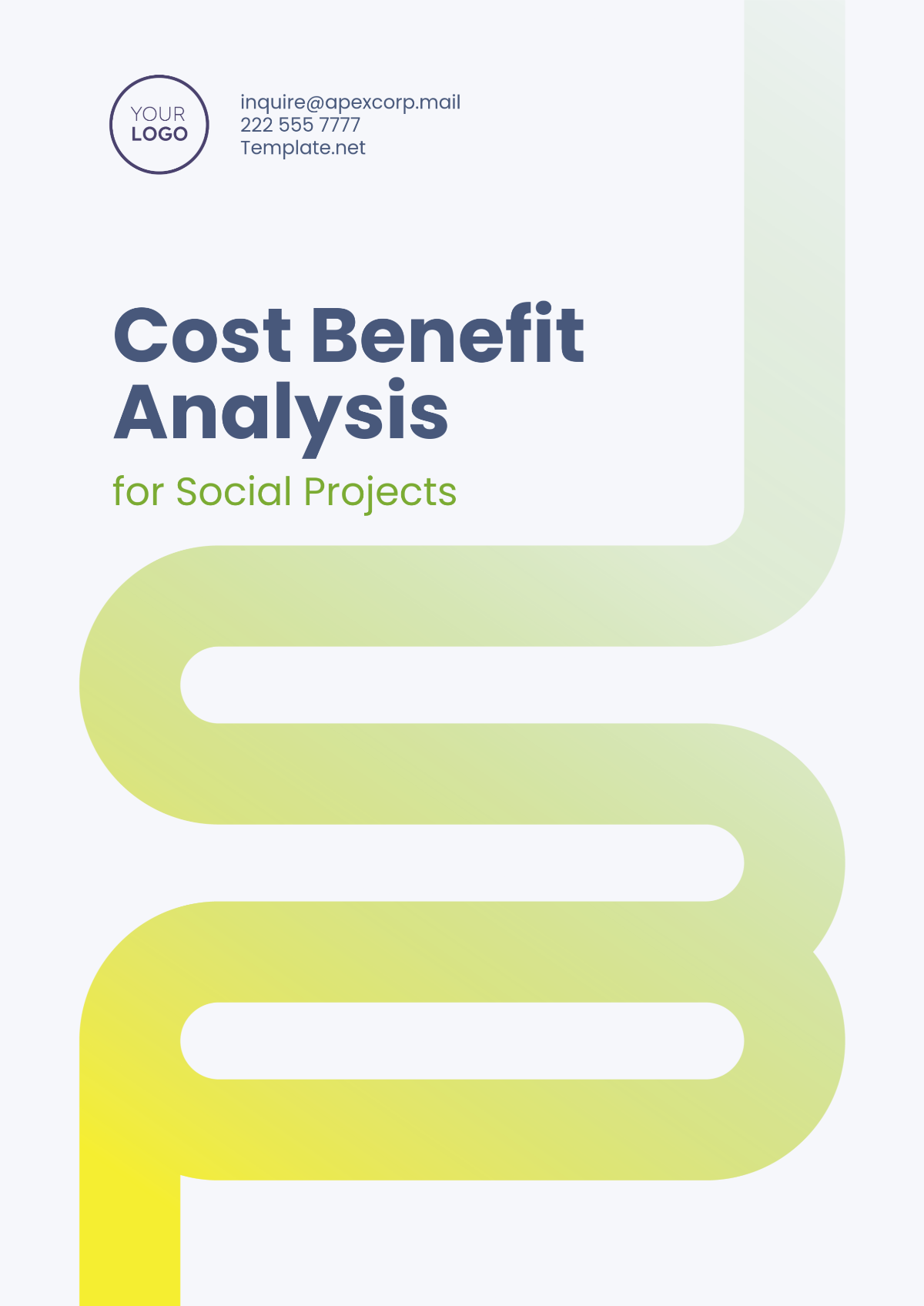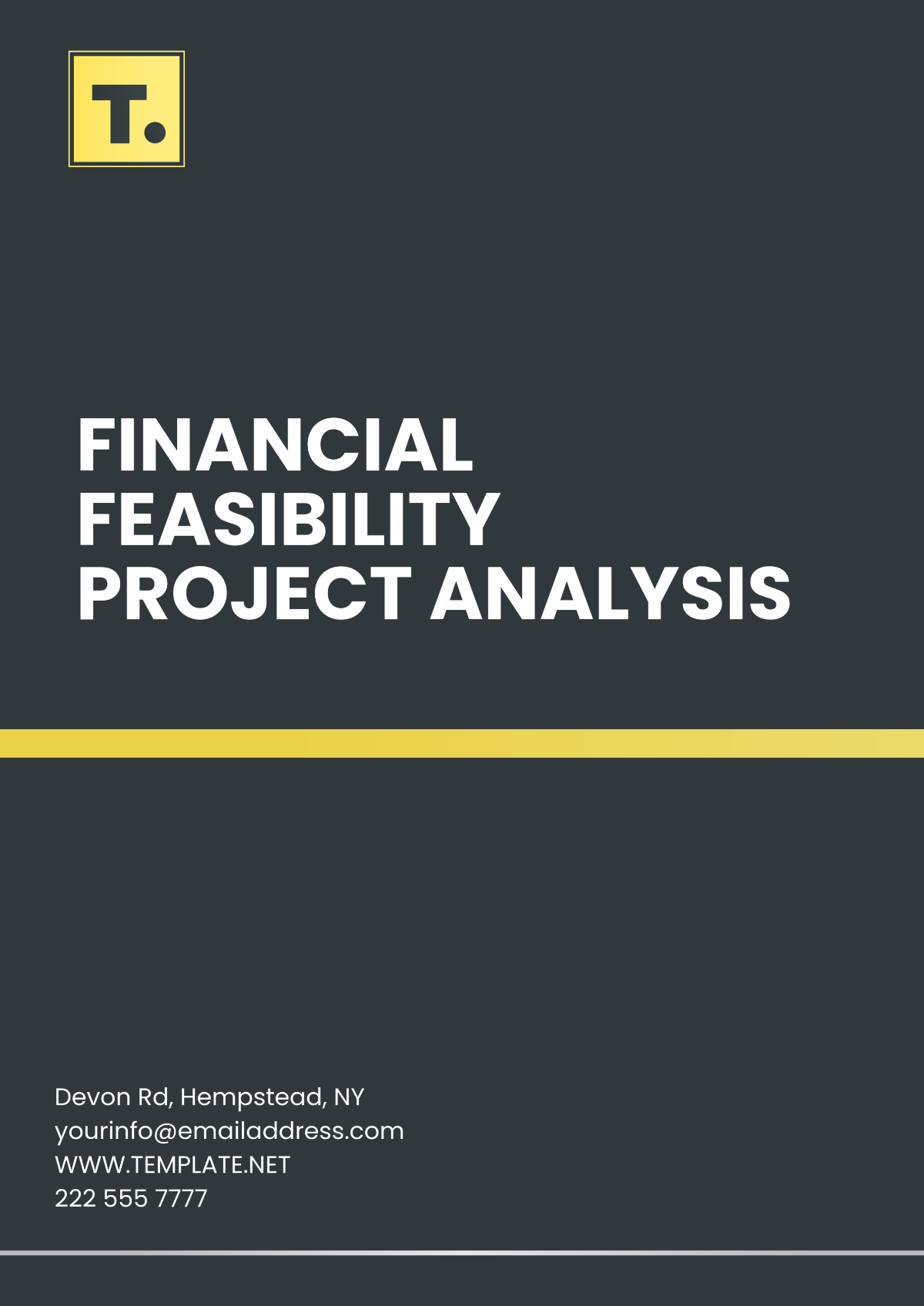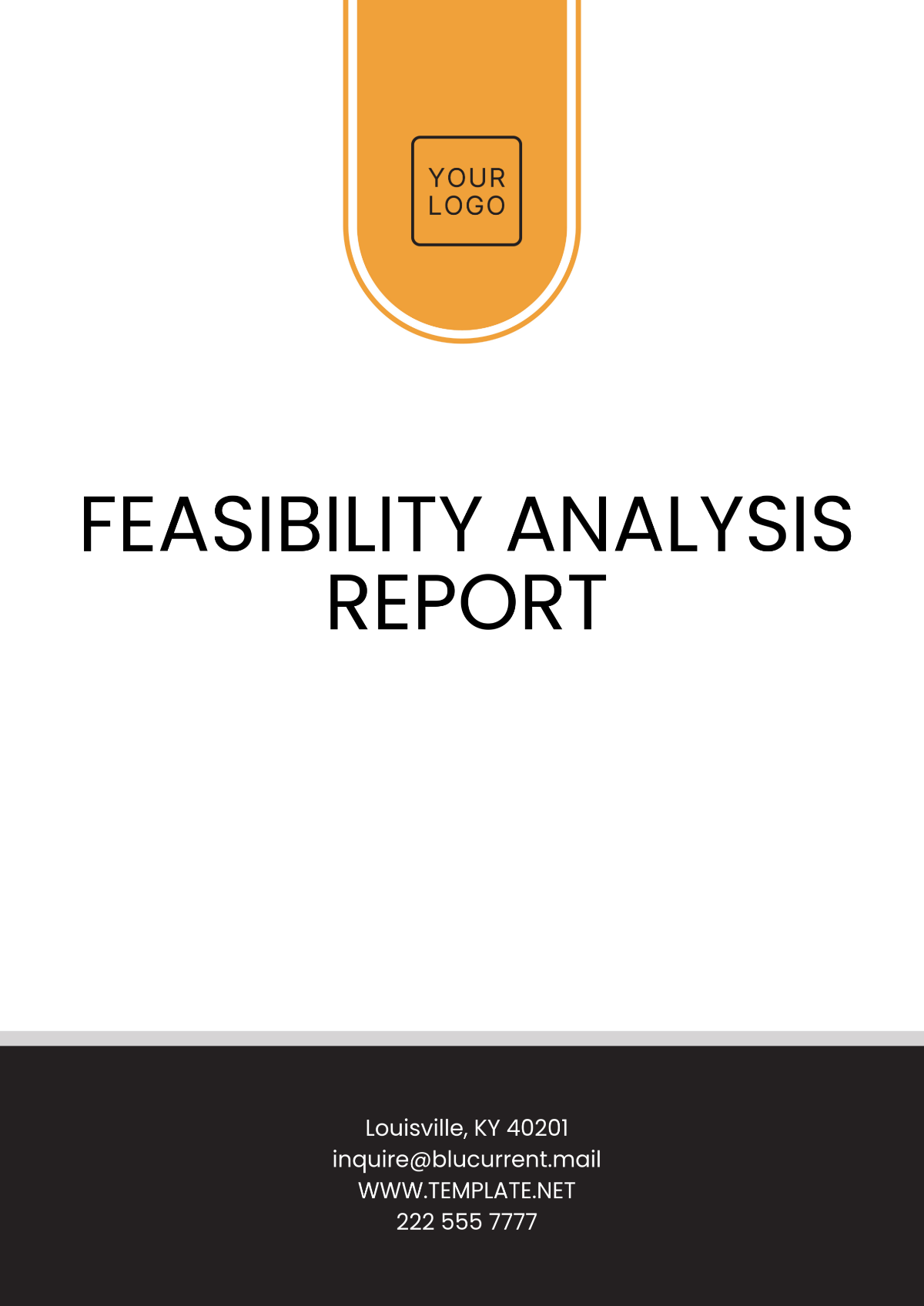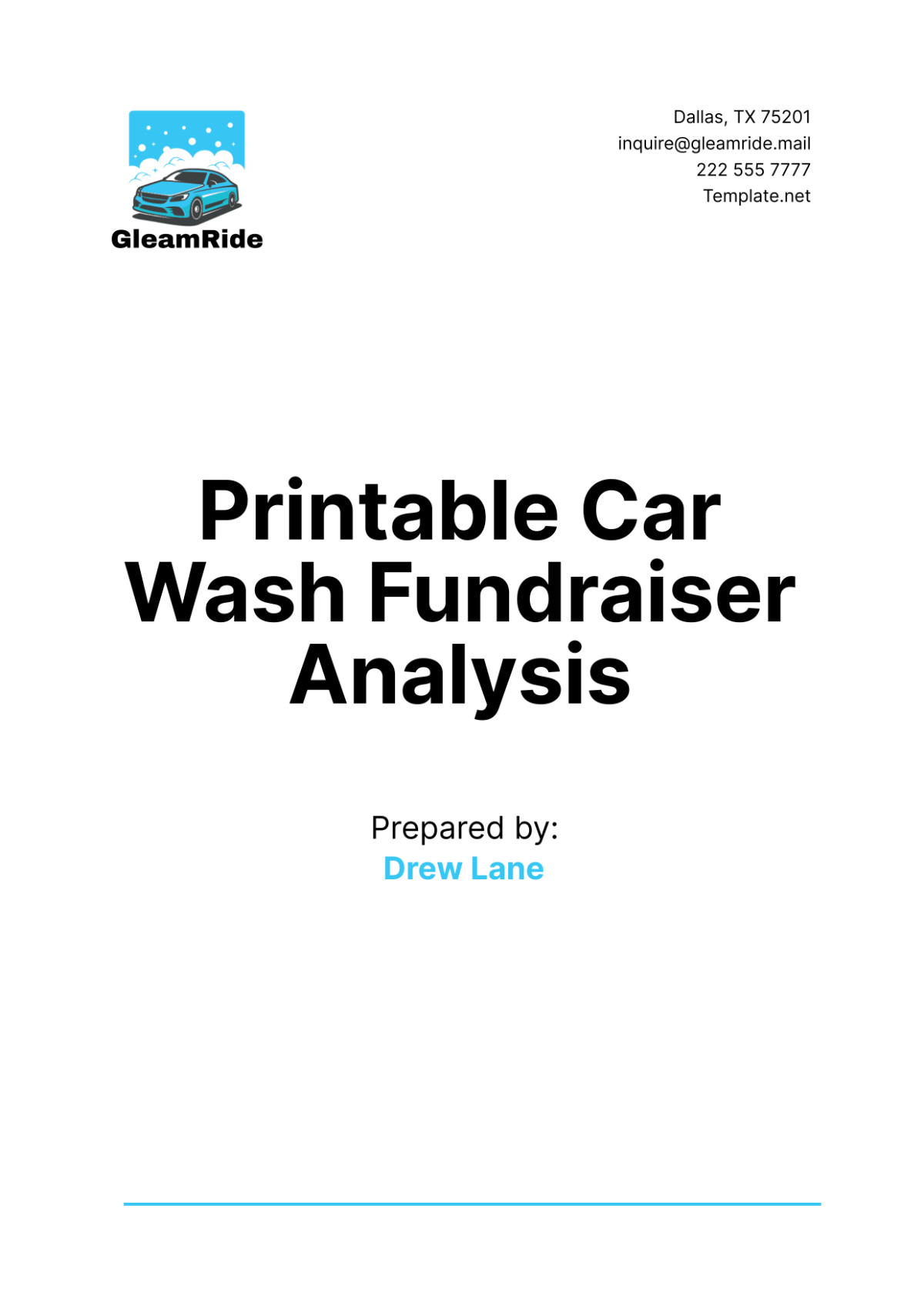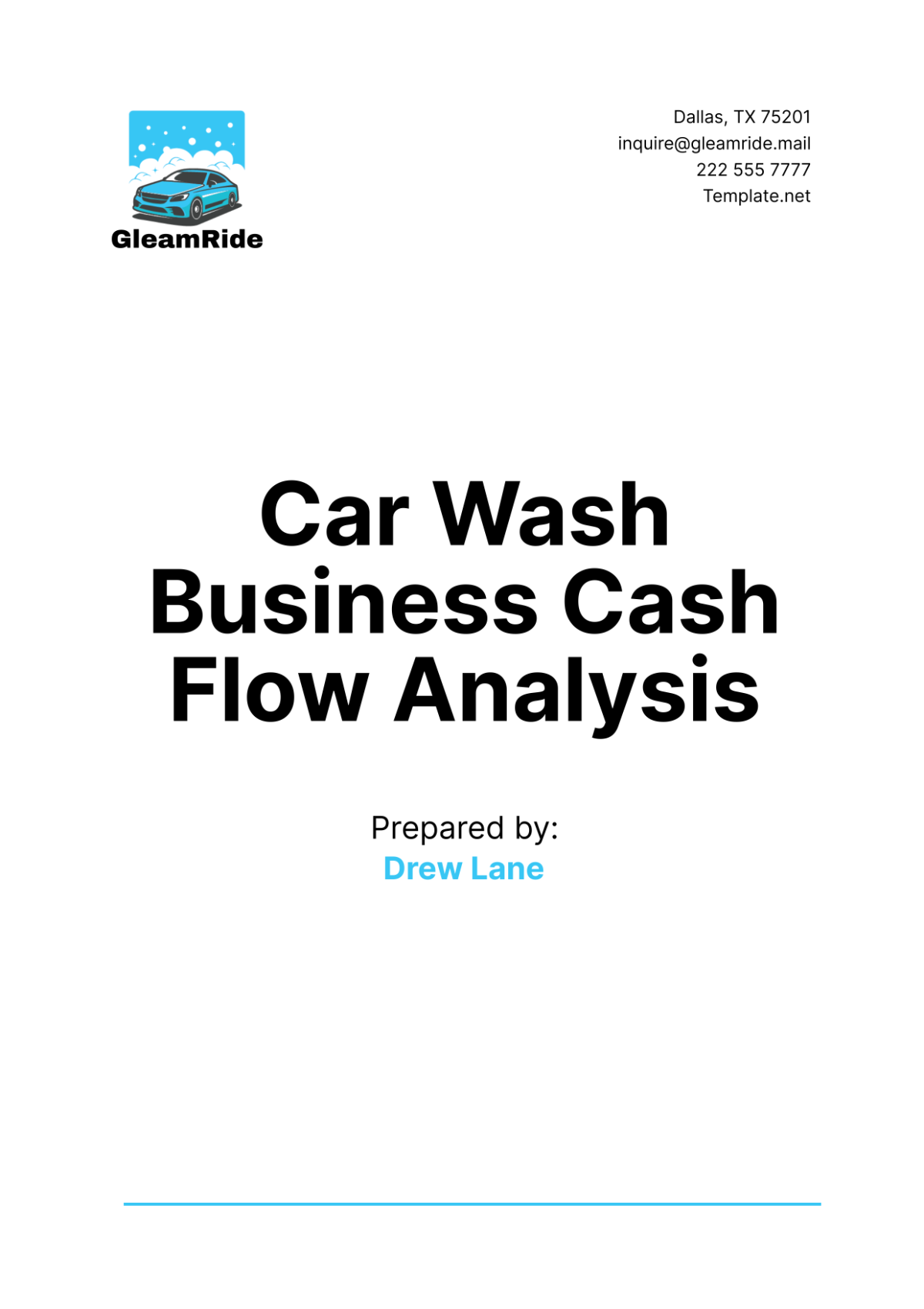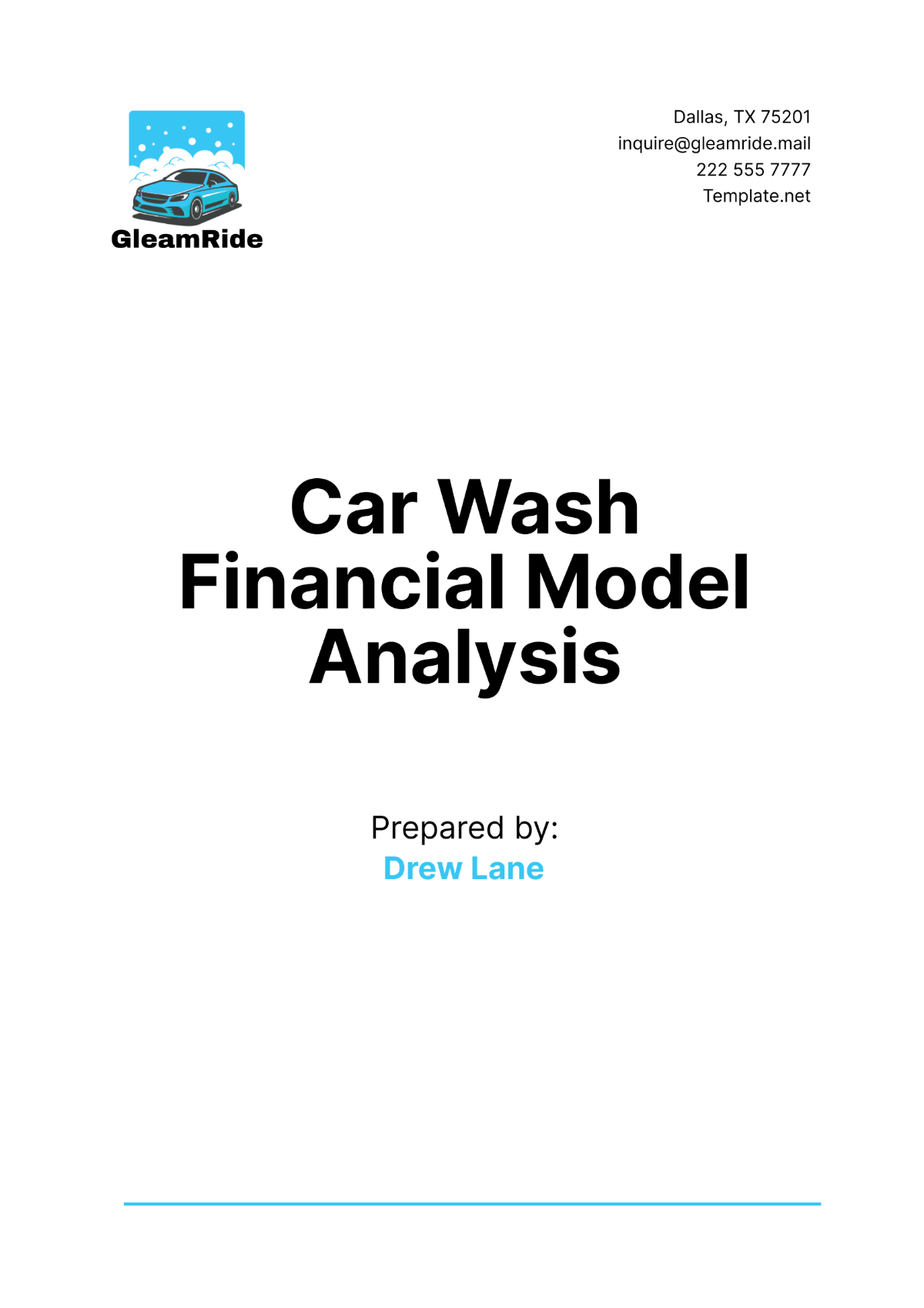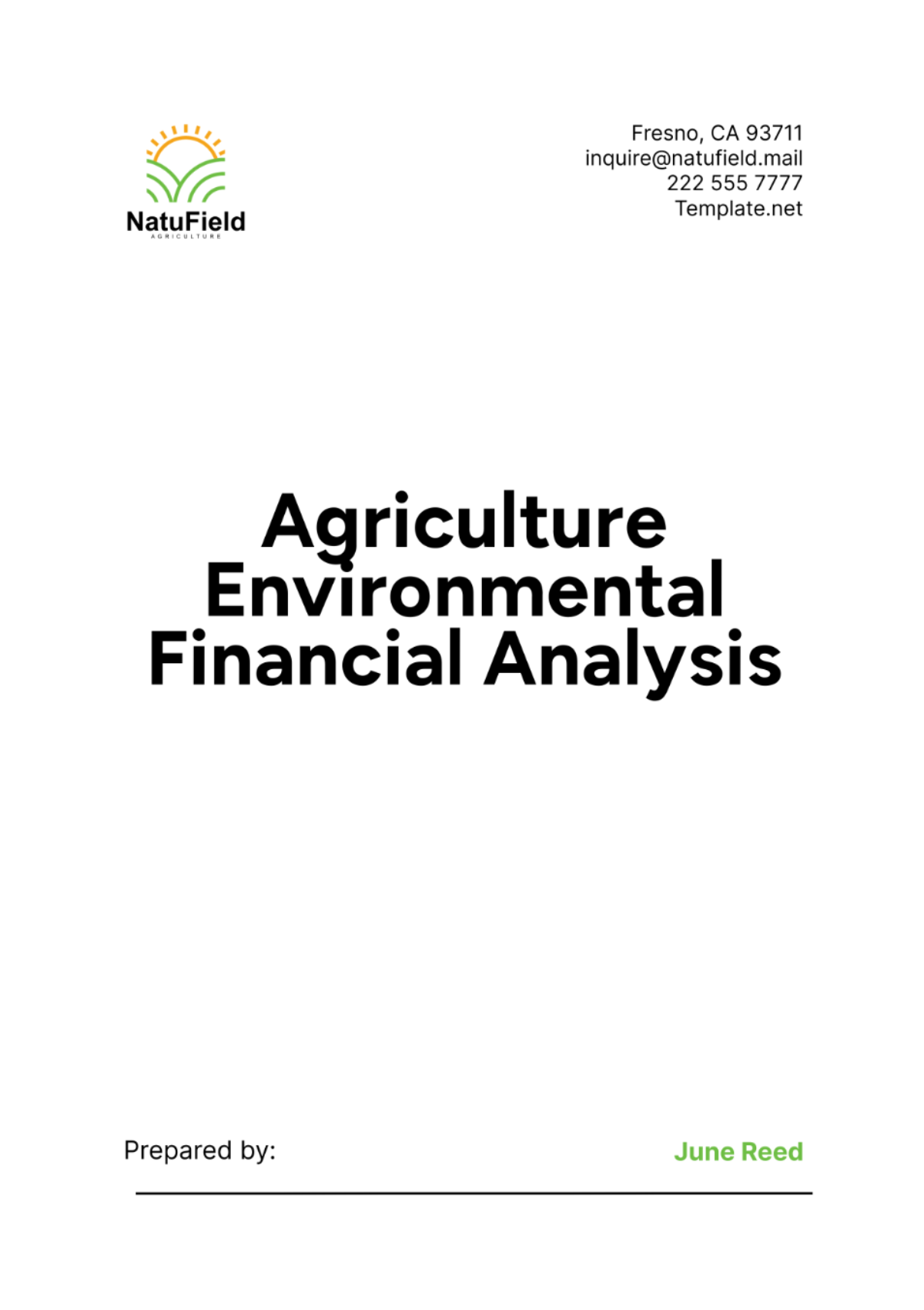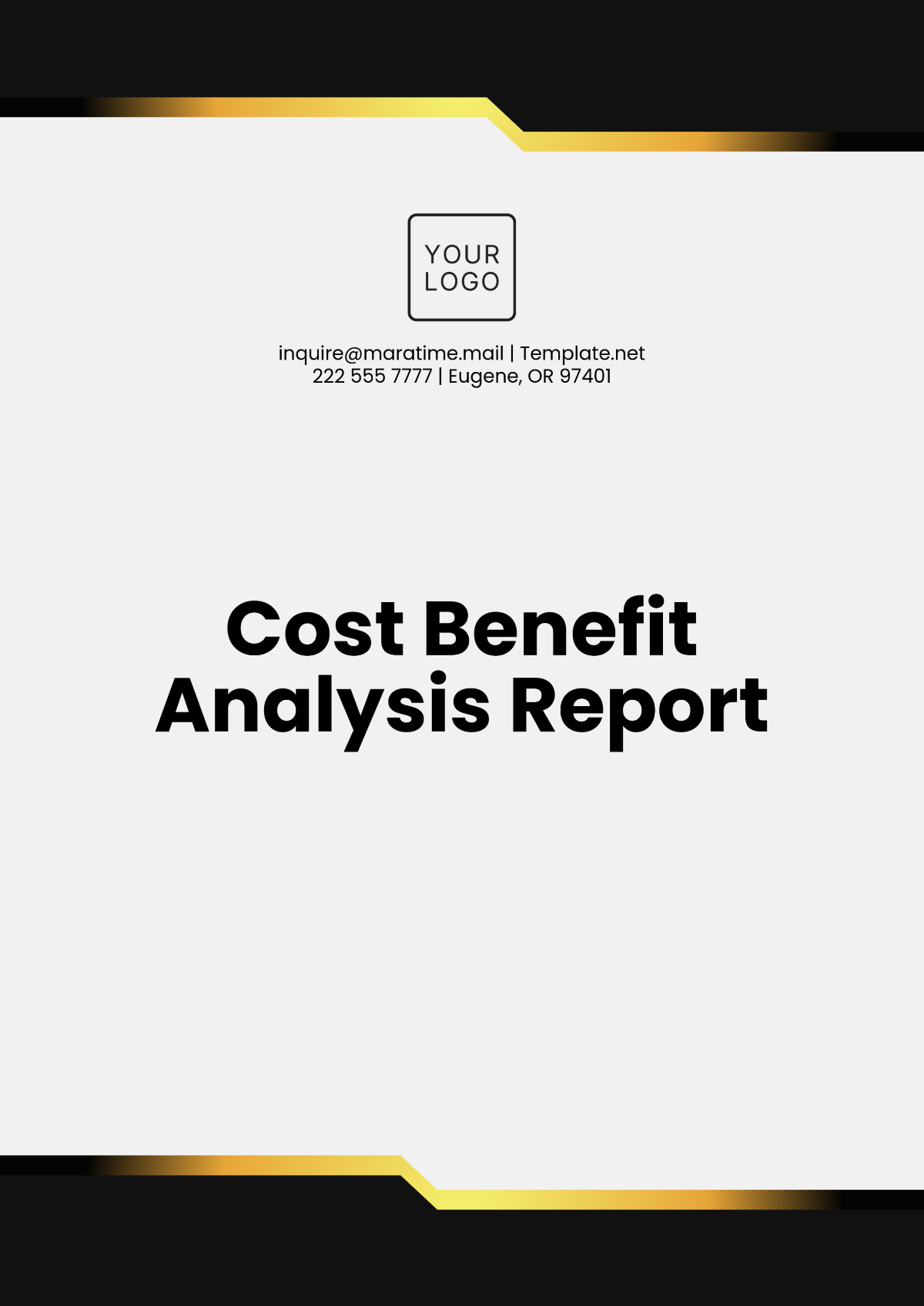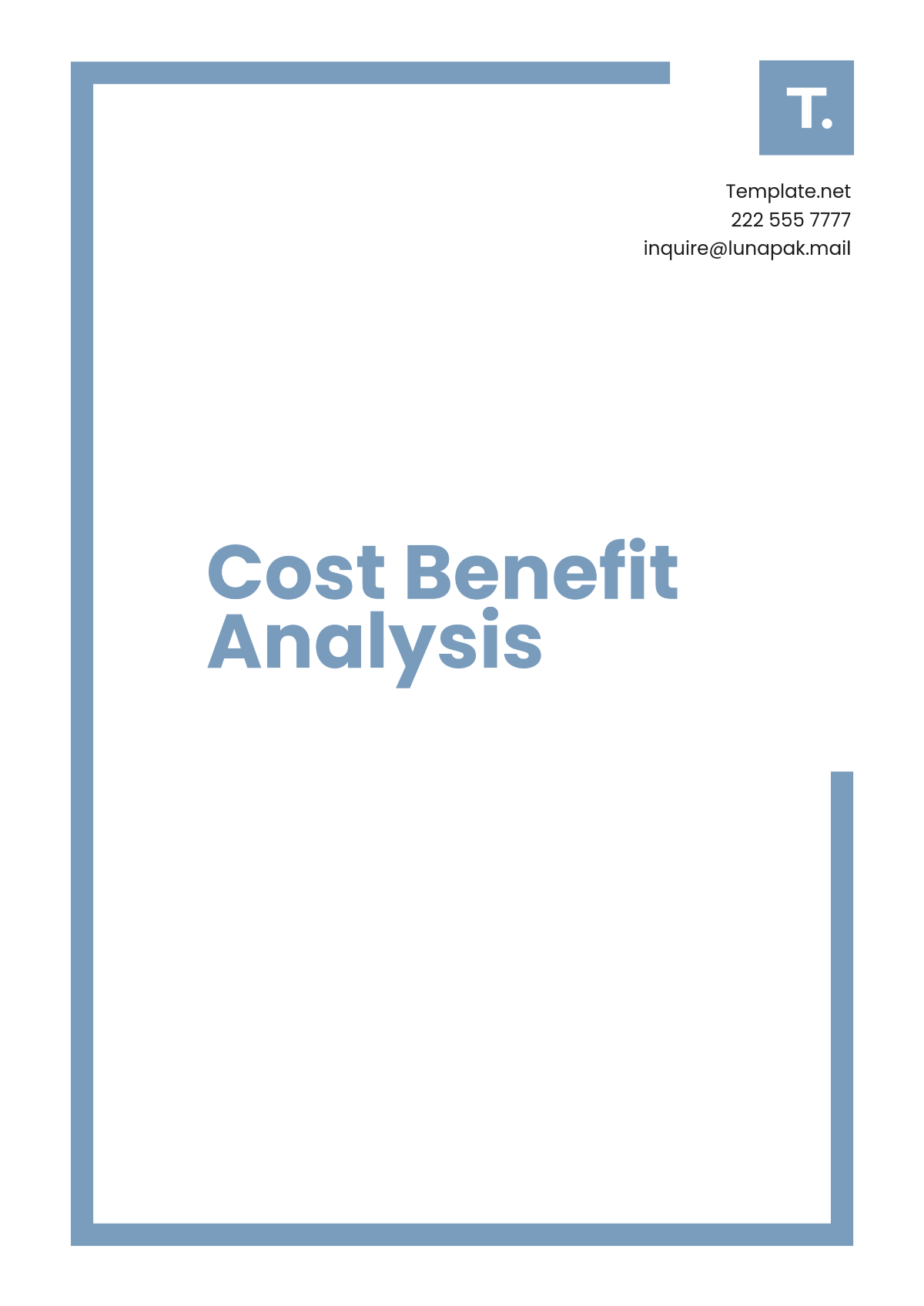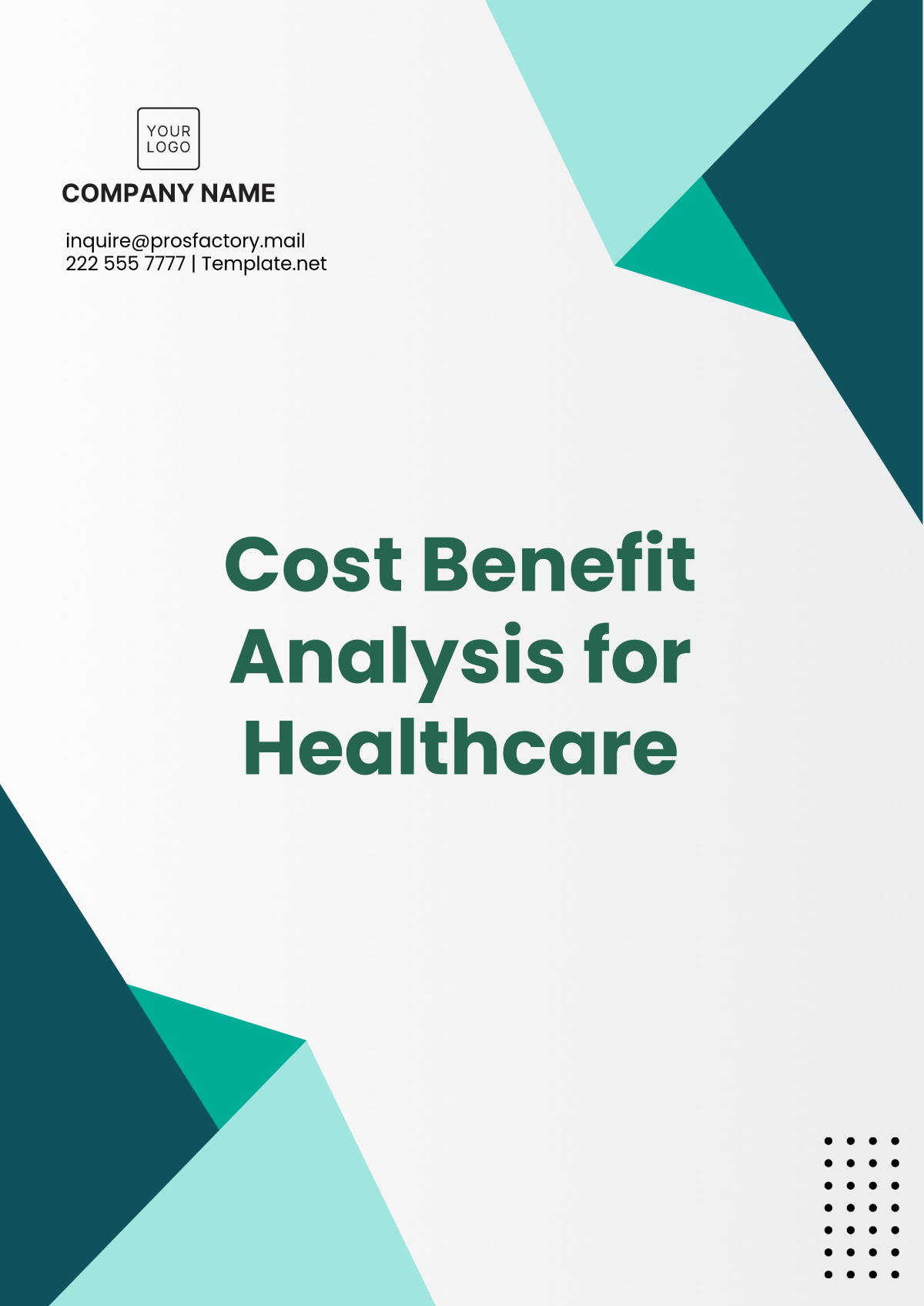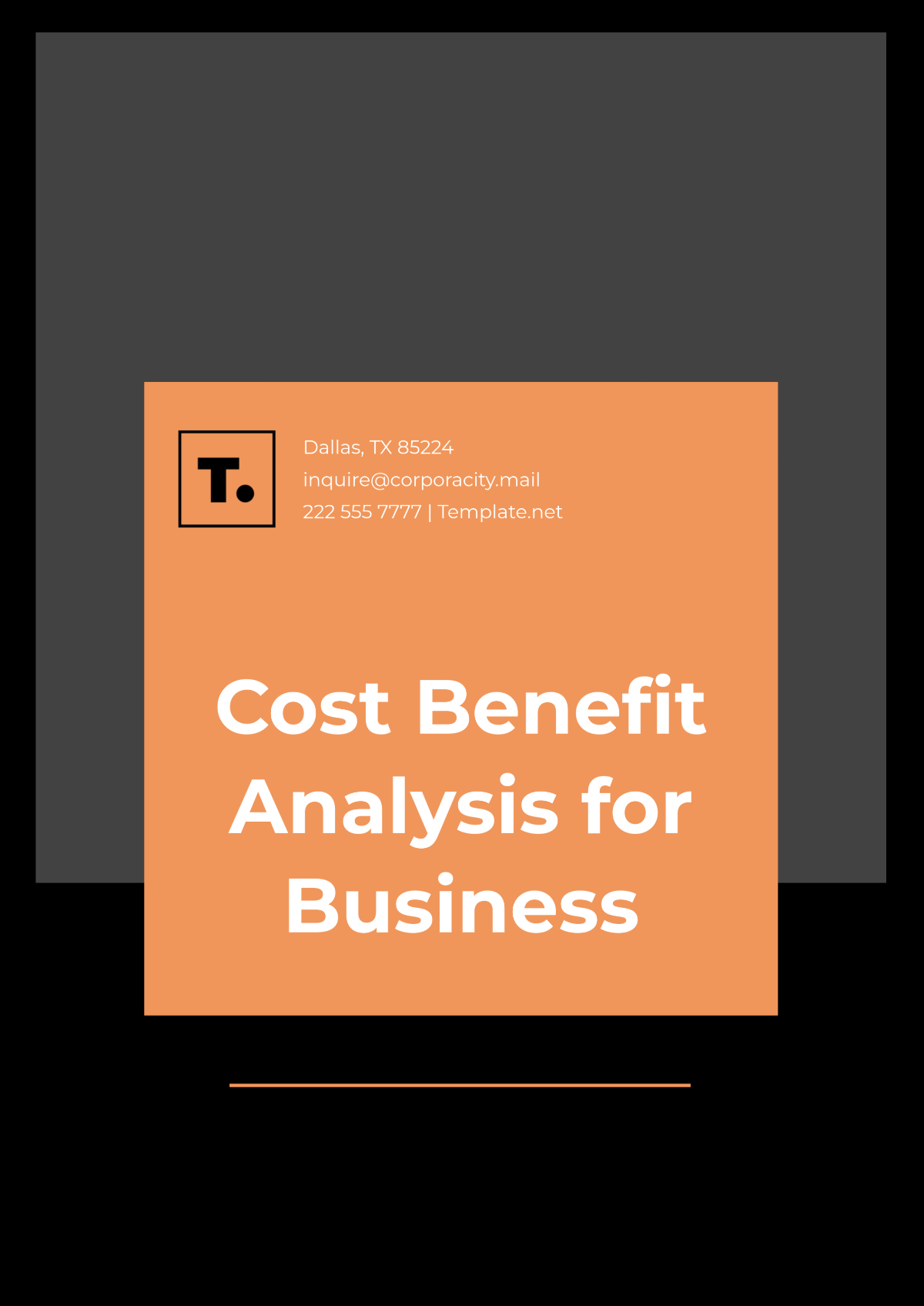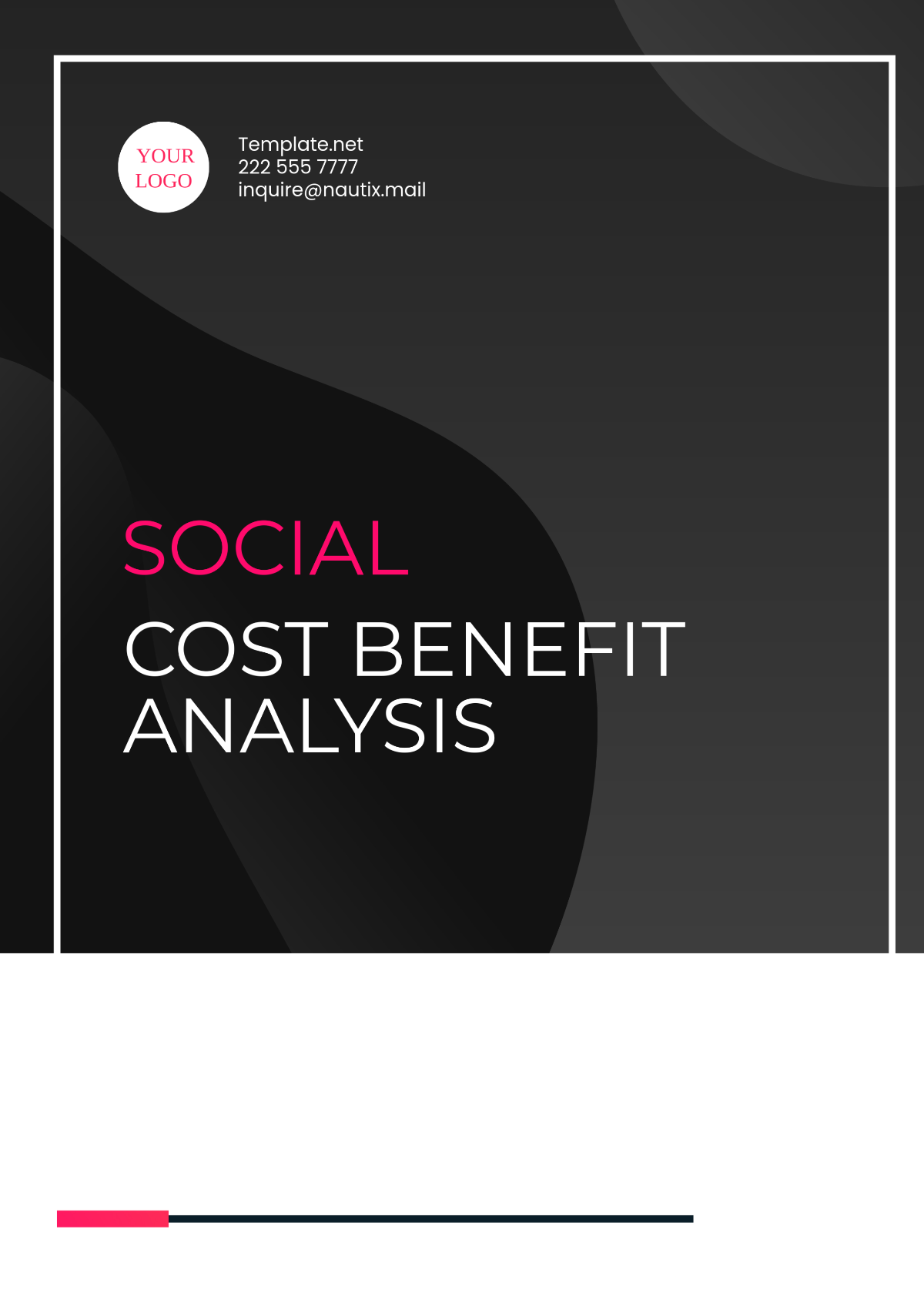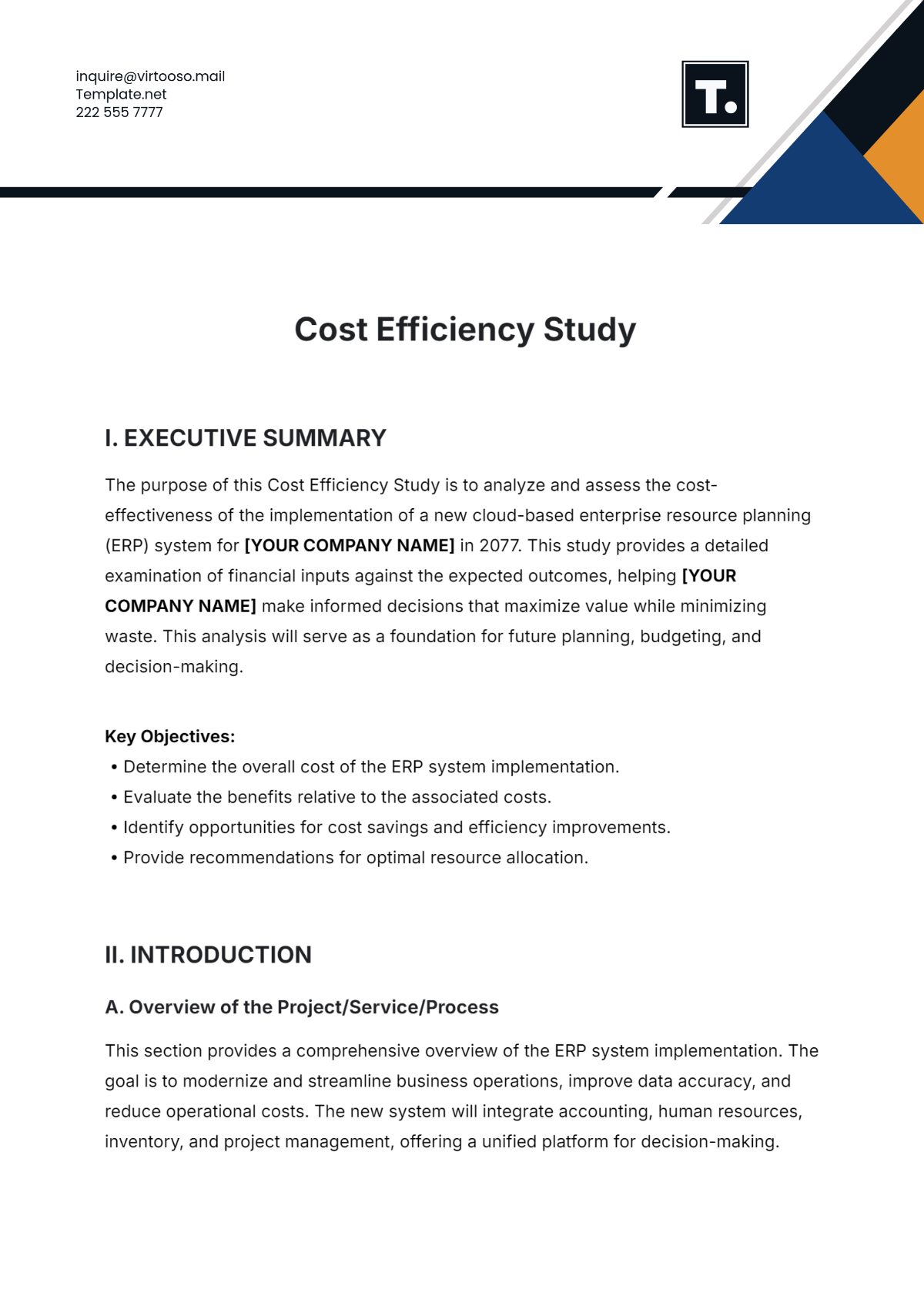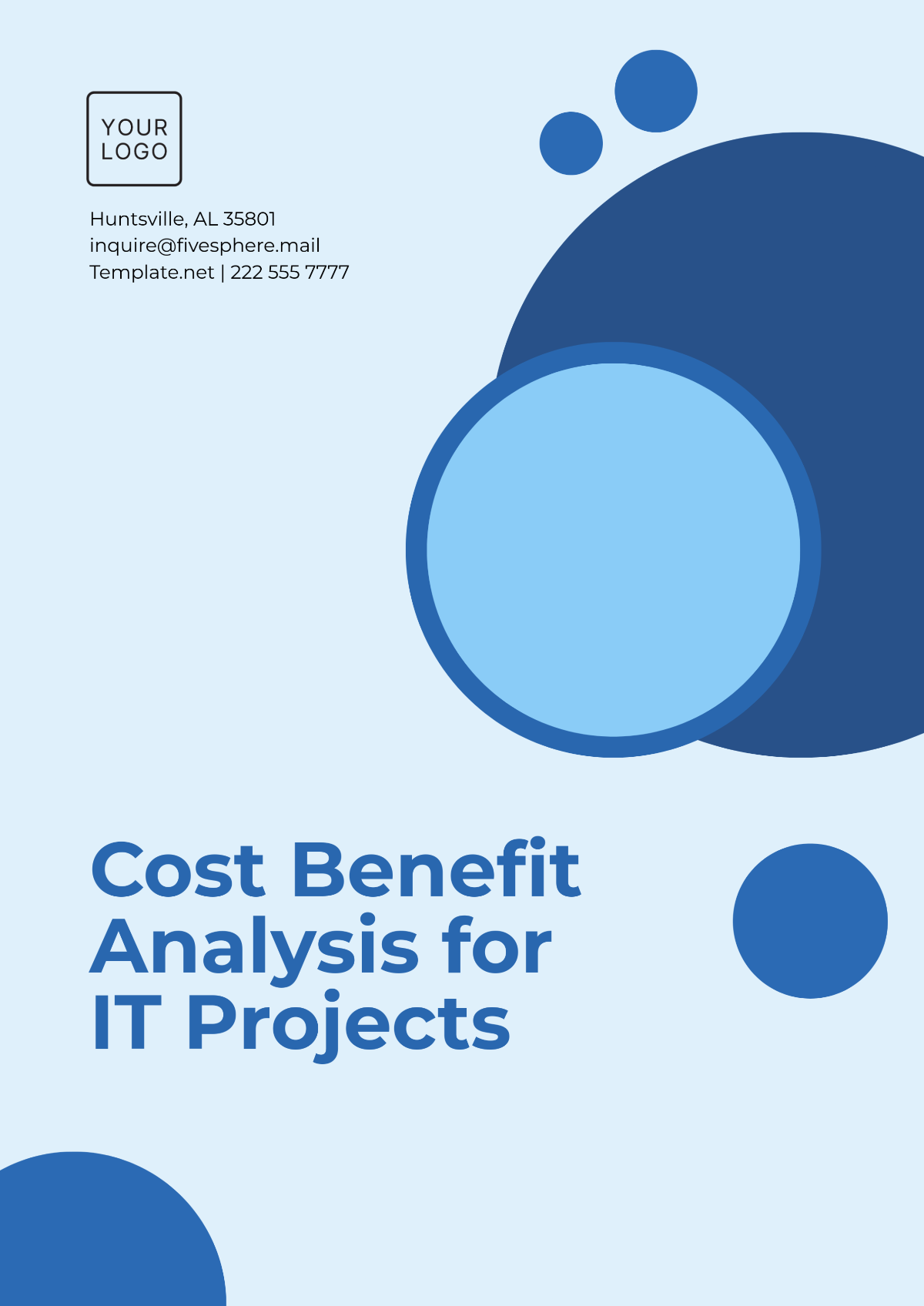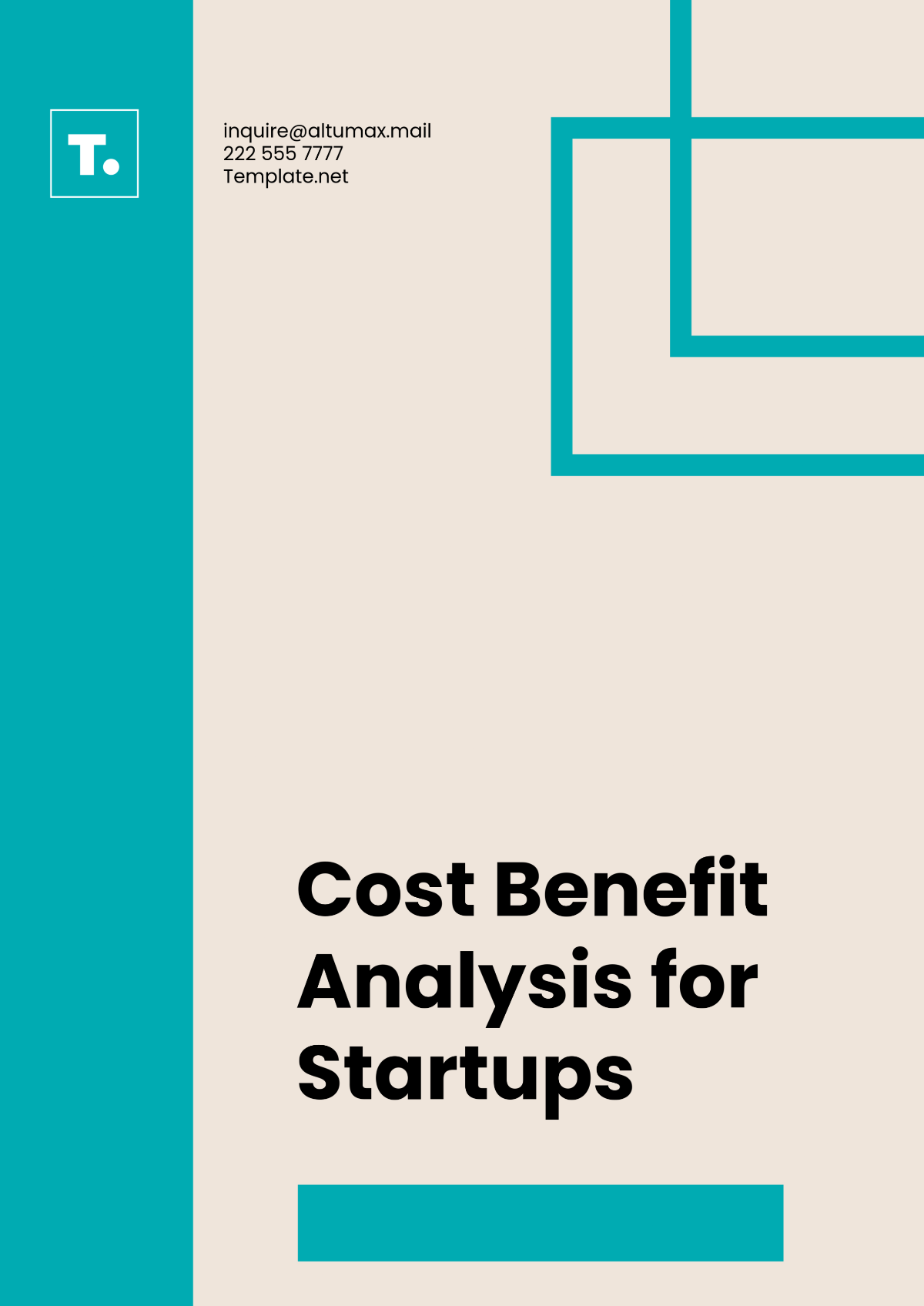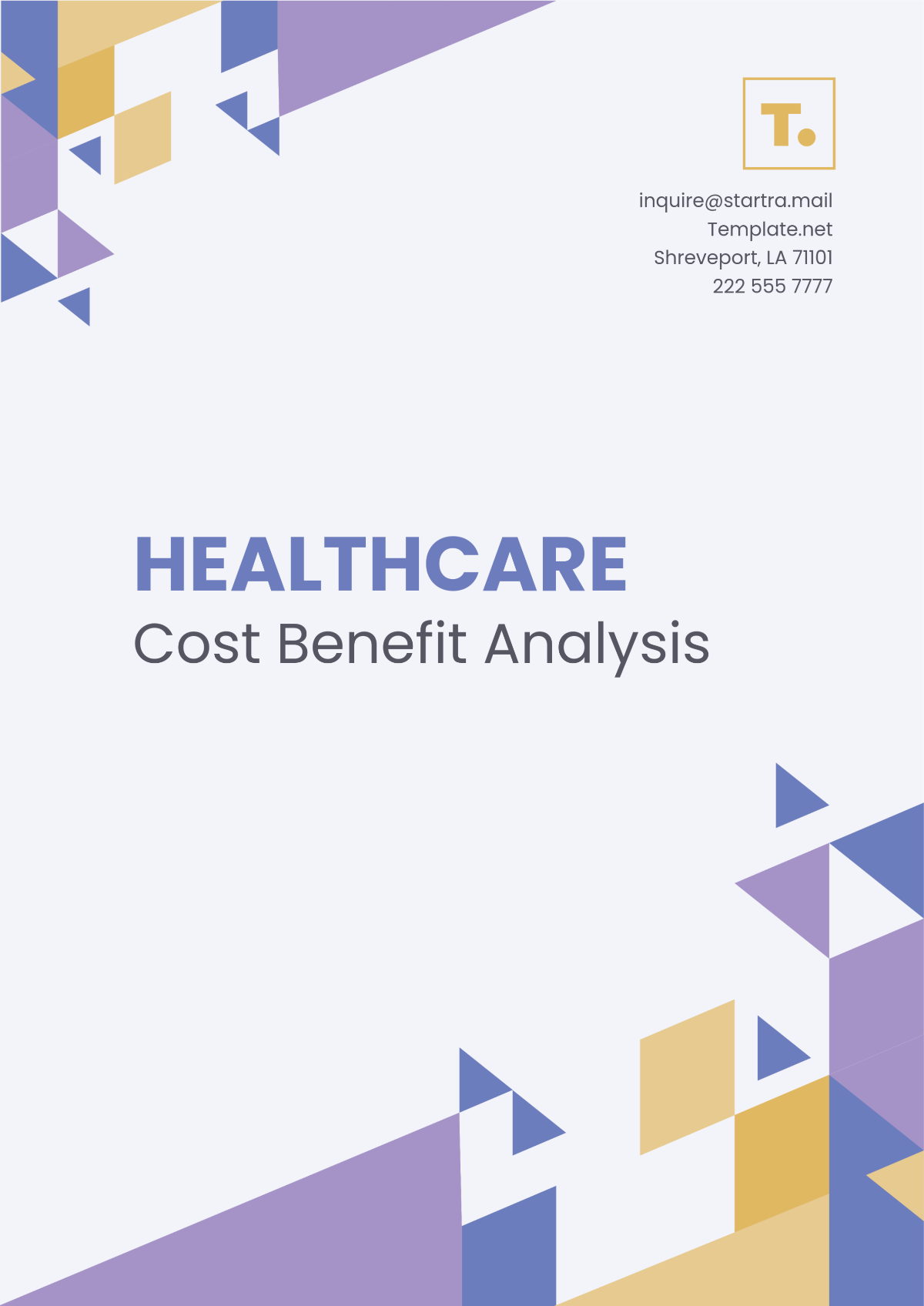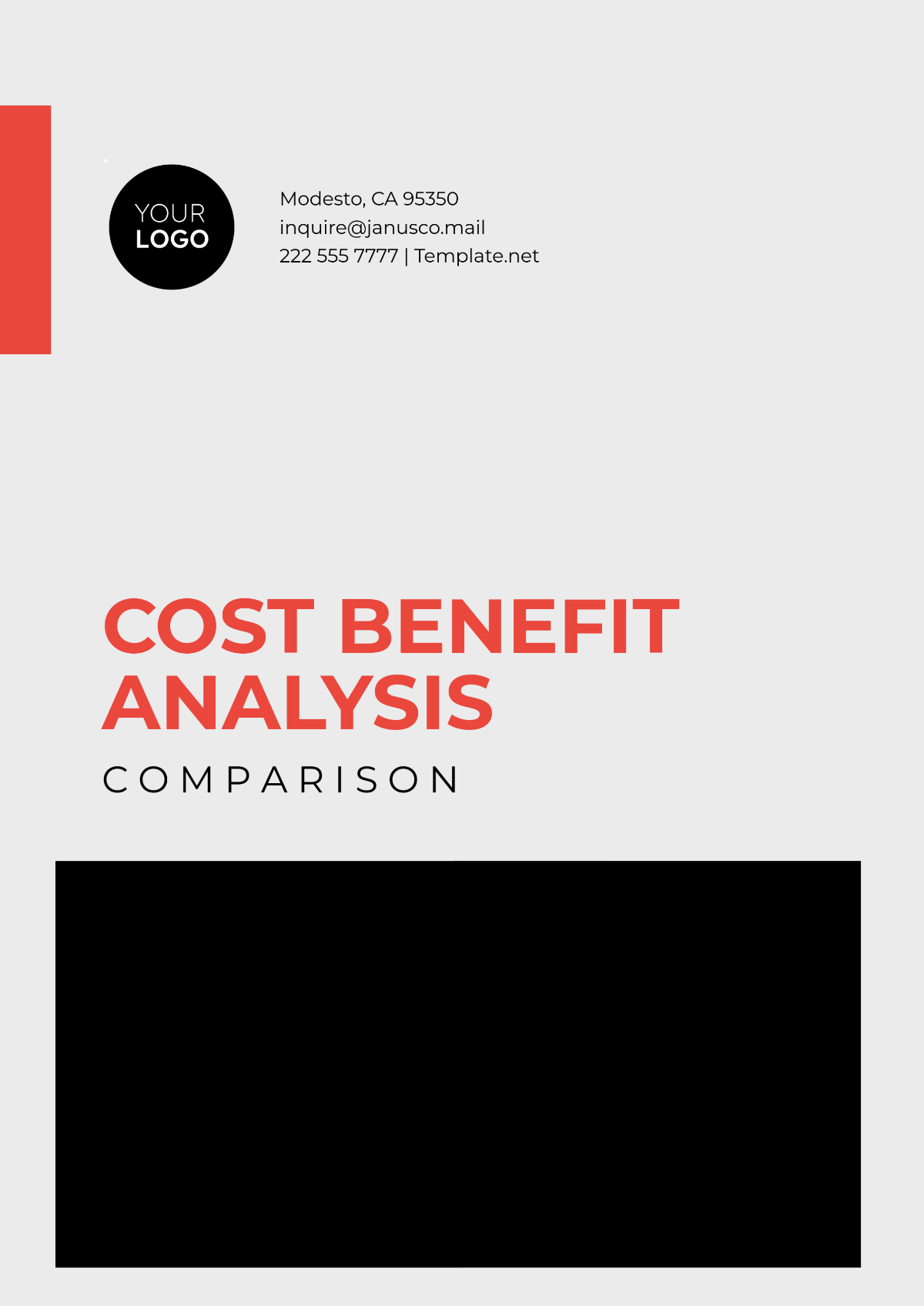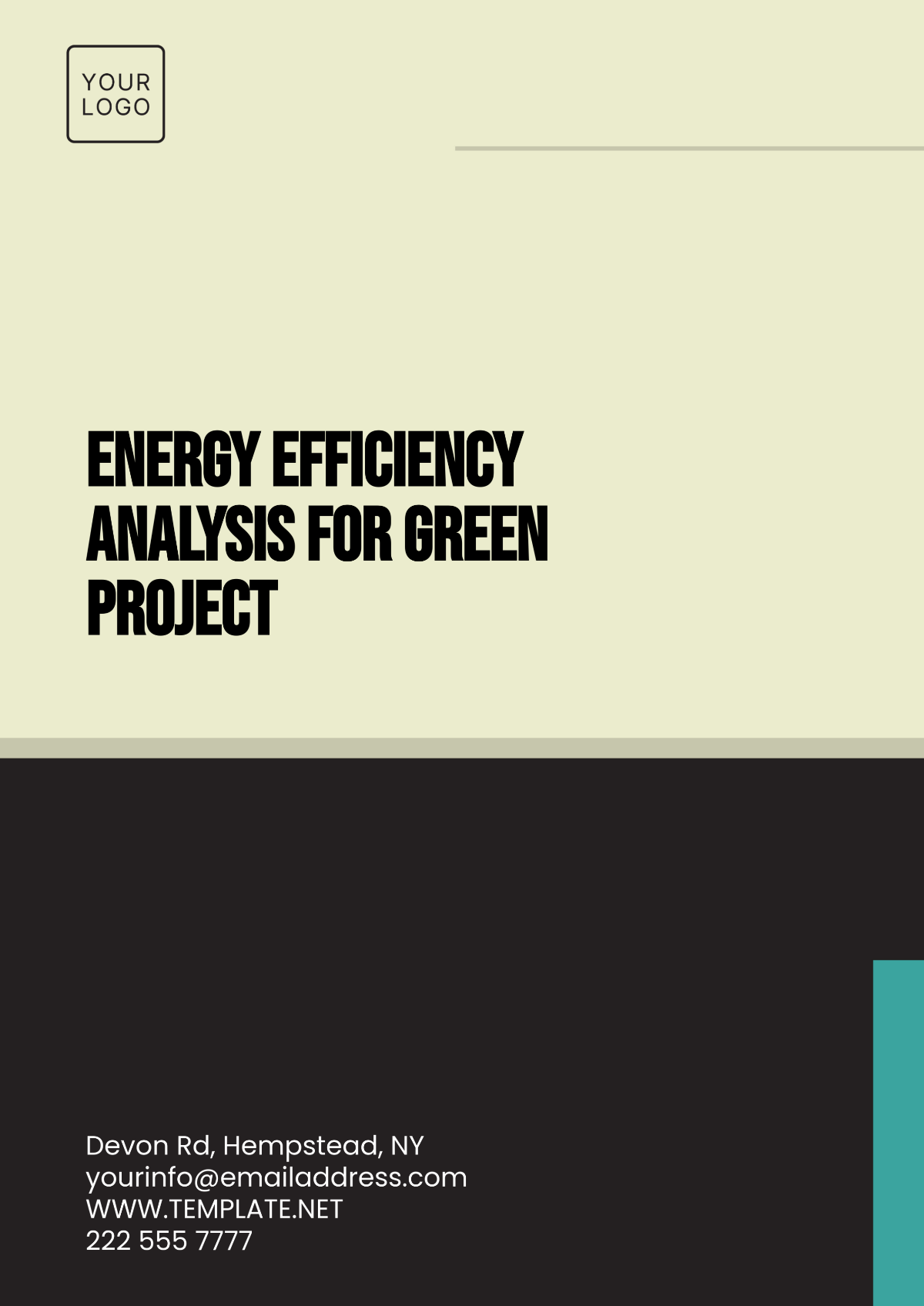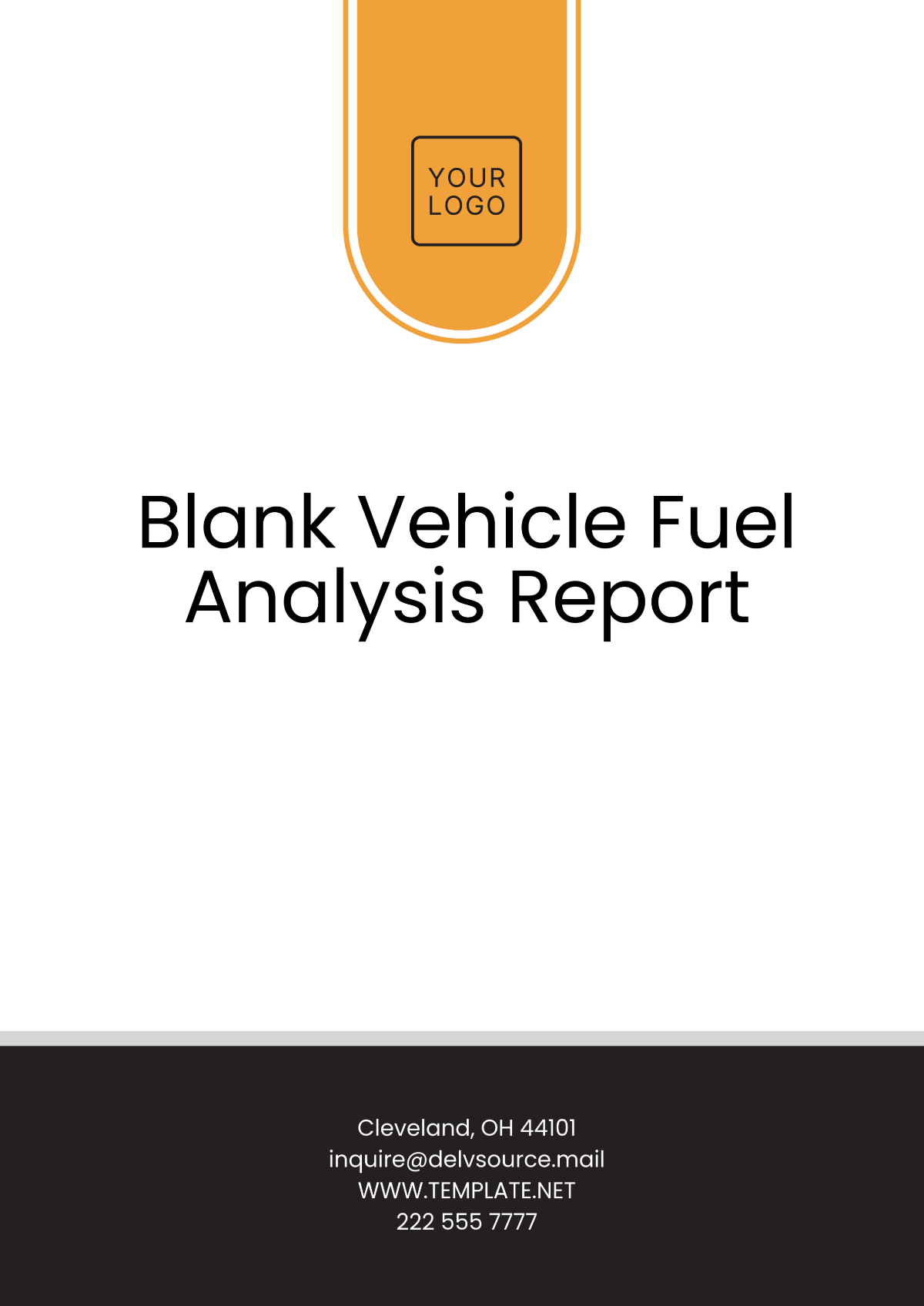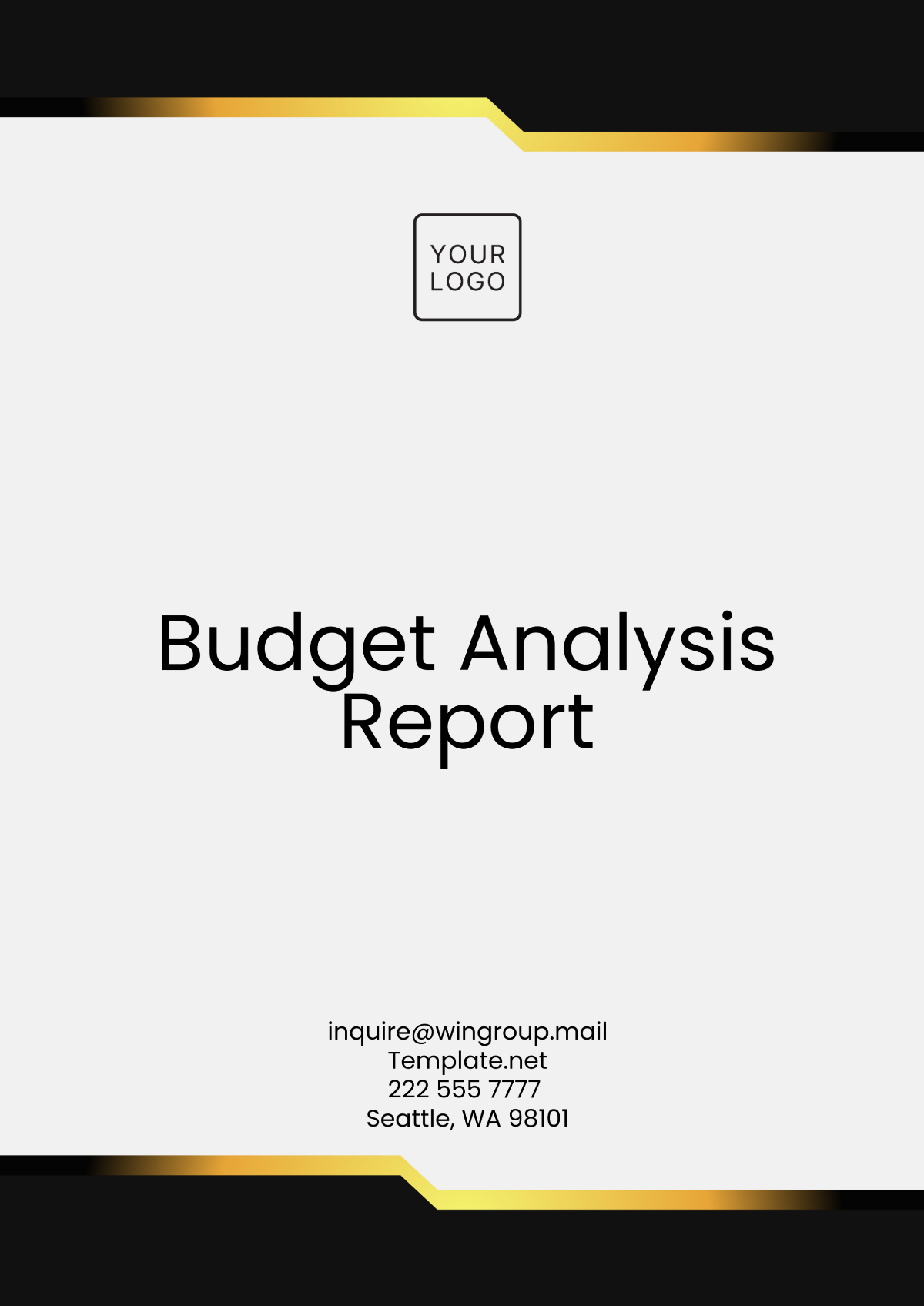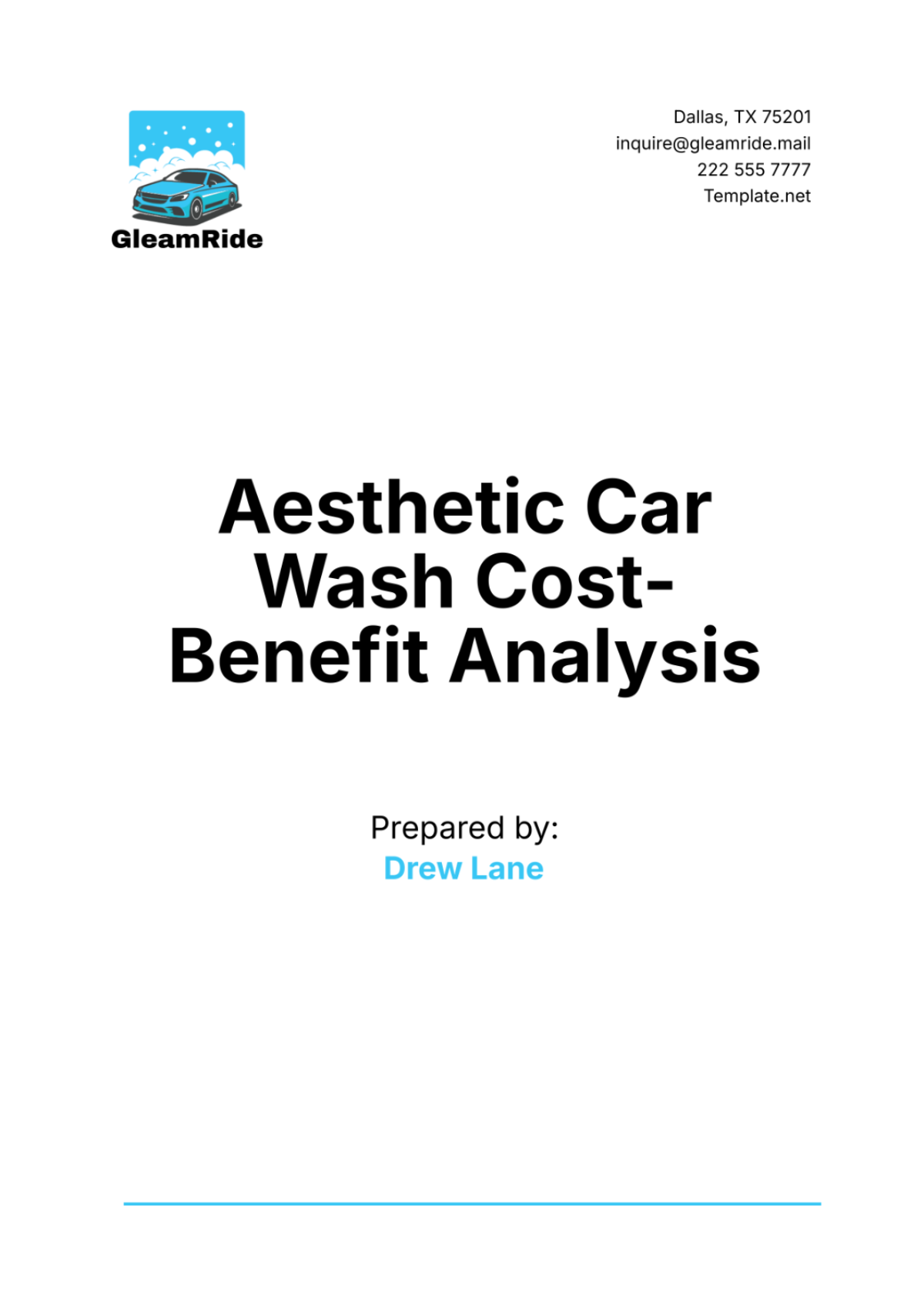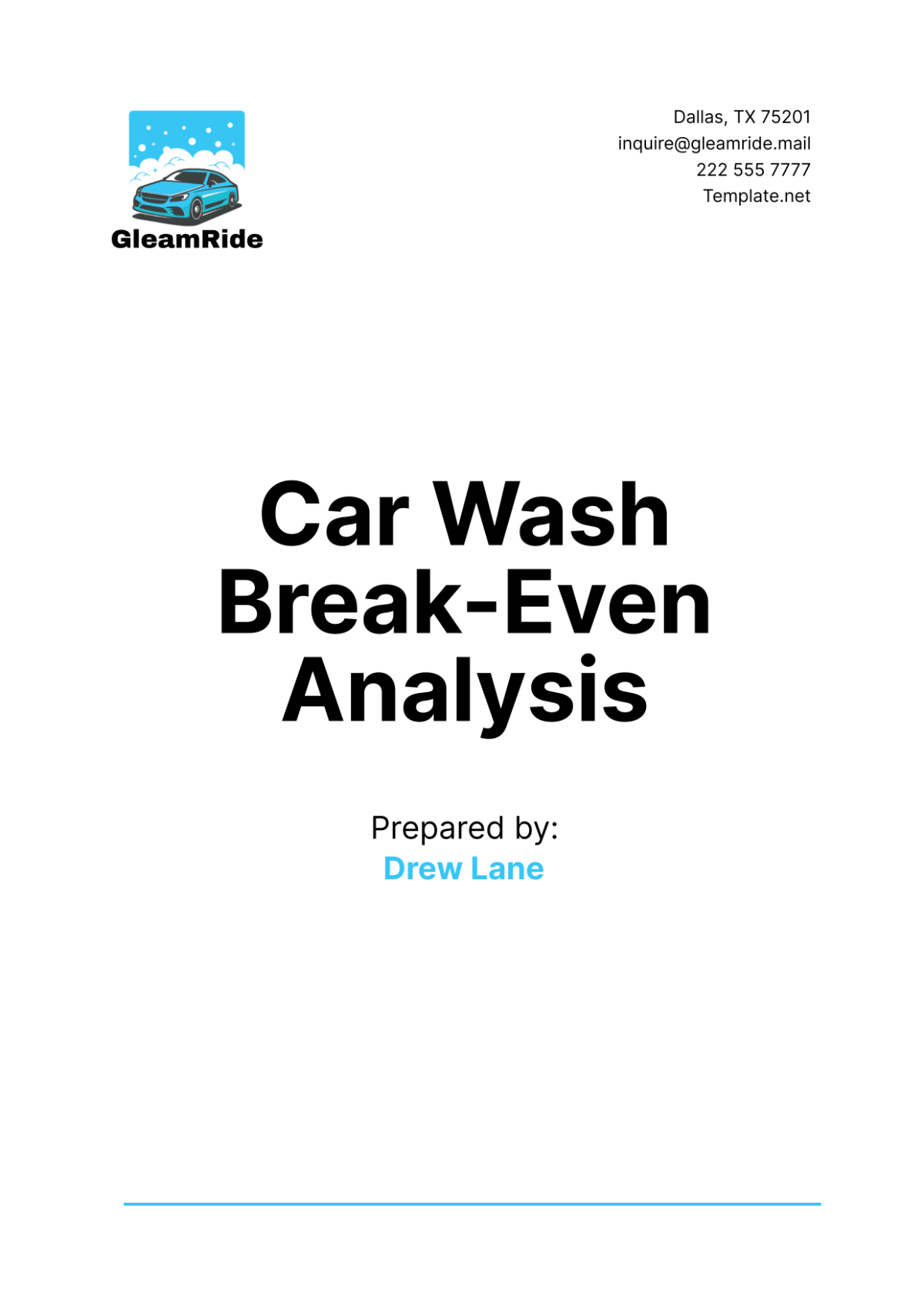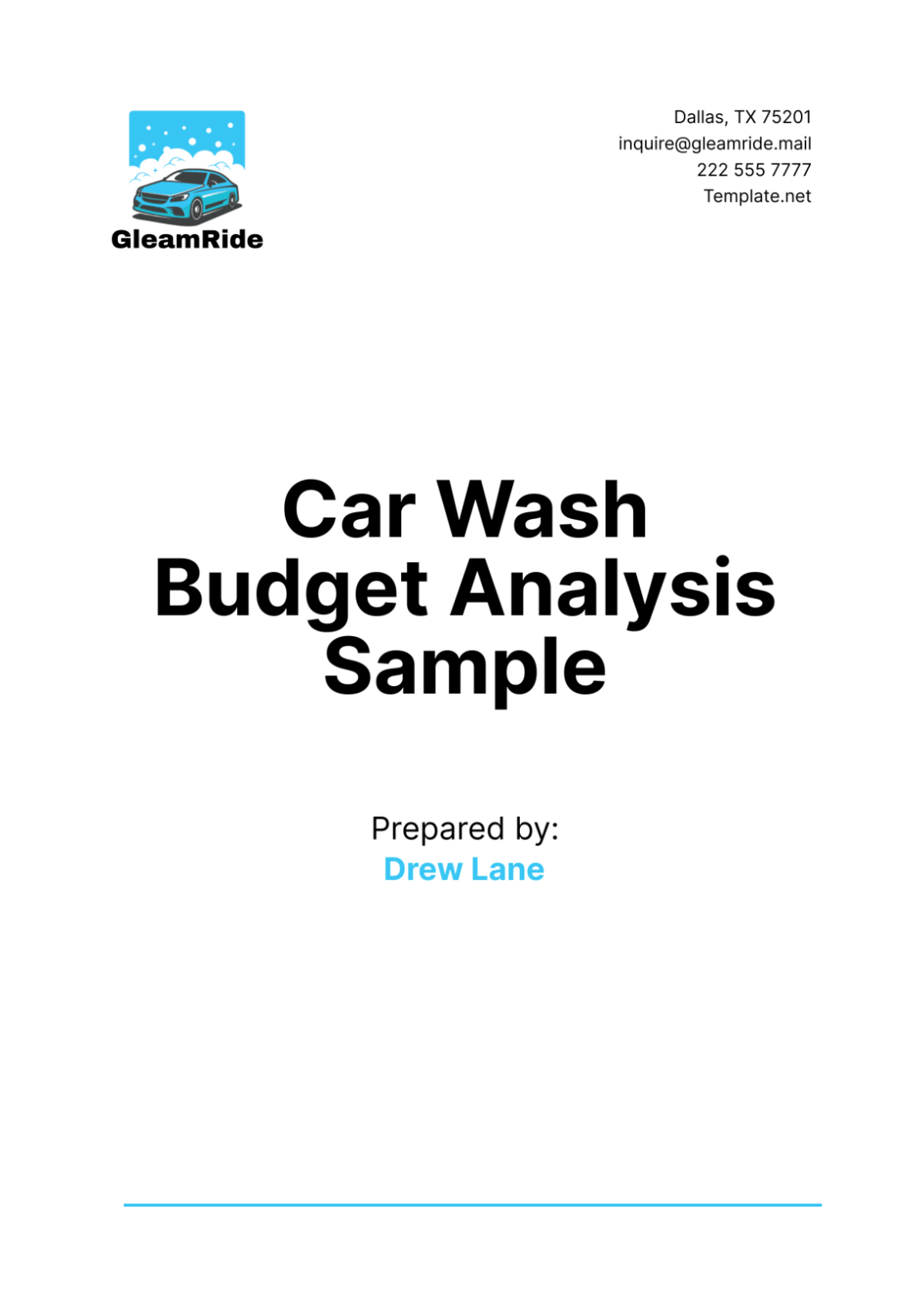Marketing Event ROI Analysis
1. Introduction
We are delighted to present to you a comprehensive Marketing Event Marketing ROI (Return on Investment) Analysis for our recent [Event Name] that took place on [Month Day, Year] at [Event Address]. As a [Brand] committed to constant improvement and transparency, we recognize the importance of evaluating our marketing efforts to ensure that we meet our strategic objectives and deliver value to our audience.
At [Your Company Name], we understand that hosting a marketing event is a significant undertaking, both in terms of resources and organizational efforts. This analysis serves as a critical tool for assessing the outcomes of our marketing event, allowing us to make data-driven decisions, celebrate our successes, and identify areas where we can refine our strategies for future events.
The Marketing Event Marketing ROI Analysis:
In this report, we will provide a detailed breakdown of the key components of our marketing event, including the investment costs, revenue generated, and the calculation of our ROI. We will also explore attribution analysis to understand which aspects of the event contributed most significantly to our success.
Additionally, we will delve into important metrics such as Customer Acquisition Cost (CAC) and Customer Lifetime Value (CLV), offering insights into the long-term impact of our marketing efforts.
Moreover, we will conduct a break-even analysis to determine when we can expect to recover our investment costs, and we will explore other key performance indicators (KPIs) that provide a holistic view of our event's effectiveness.
2. Goals and Objectives
A. Increase Brand Awareness:
Goal: Raise awareness of your clothing brand among your target audience.
Objectives:
Increase social media mentions and shares by [00]% during the event.
Generate at least [000] mentions of your event's hashtag on social media.
Secure coverage in at least two local fashion magazines or blogs.
Achieve a [00]% increase in website traffic during and immediately after the event.
B. Boost Sales:
Goal: Drive immediate and measurable sales during the event.
Objectives:
Achieve a [00]% increase in total sales compared to the same period last year.
Sell at least [000] event-exclusive products or bundles.
Increase the average transaction value by [00]% through upselling and cross-selling.
Attract a minimum of [0,000] visitors to your online store during the event.
C. Gather Leads:
Goal: Collect valuable leads for future marketing efforts.
Objectives:
Gather at least [0,000] email addresses through a dedicated event landing page or registration process.
Obtain consent to send marketing communications from at least 800 of the collected email addresses.
Capture contact information from [000] attendees for post-event follow-ups.
Conduct a survey during the event to gather insights and preferences from [000] attendees.
D. Strengthen Customer Relationships:
Goal: Foster deeper connections with existing customers and enhance their loyalty.
Objectives:
Host a VIP customer appreciation event or exclusive pre-sale for loyal customers with a minimum attendance of [000].
Offer personalized discounts or rewards to repeat customers who attend the event.
Conduct customer feedback sessions to gather input on product improvements or future events.
Engage in social media conversations with existing customers to show appreciation and acknowledge their loyalty.
3. Investment Costs
Event Budget: Our total budget allocated for the [Event Name] was set at $[00,000]. This budget encompassed all expenditures required to plan, execute, and promote the event successfully.
Venue Costs: Securing an ideal event venue is crucial to creating a memorable experience. We invested $[00,000] in renting the [Event Address]l for the duration of the event. This included expenses related to venue rental fees, any required permits, security, and insurance.
Marketing and Promotion Costs: Effective marketing and promotion played a pivotal role in the success of our event. We allocated $[00,000] to various promotional activities, including advertising, signage, promotional materials, and digital marketing efforts. This budget covered expenses related to:
4. Revenue Generated
Sales Revenue: The total sales generated during the [Event Name] amounted to $[00,000]. This figure includes the income generated from the sale of our clothing products, exclusive event merchandise, and any special event discounts or promotions offered to attendees.
Upsell Revenue: Our strategy to upsell and cross-sell complementary products during the event yielded additional revenue. We successfully generated $[00,000] in upsell and cross-sell revenue by promoting and selling higher-value items, bundled products, and related accessories to our customers.
New Customer Acquisition: We welcomed a total of [000] new customers during the event. These individuals, who were previously not in our customer database, represent an important segment of our target audience. Acquiring these new customers is essential for expanding our customer base and brand reach.
The combined impact of these revenue streams demonstrates the effectiveness of our marketing efforts and the appeal of our products to both existing and new customers. In the subsequent sections of this analysis, we will calculate the Return on Investment (ROI) to assess the financial performance of the [Event Name] and provide insights into the event's contribution to our brand's growth and profitability.
5. Attribution Analysis
Our in-depth analysis of the [Event Name] allows us to identify the key factors and strategies that significantly contributed to revenue generation. Understanding these aspects is crucial for optimizing future marketing events and enhancing our brand's overall performance.
A. Product Categories that Sold the Most:
During the event, it was observed that the following product categories performed exceptionally well, contributing significantly to our overall sales revenue:
Signature Collection: This category generated $[00,000] in revenue, representing the highest sales volume. This indicates strong demand and interest in these products.
Trendsetter Essentials: Another notable category, Trendsetter Essentials, accounted for $[00,000] in revenue. These products also resonated well with our audience.
Future Fashion Finds: This category, although not the highest in revenue, demonstrated potential for growth, generating $[0,000]. It's an area we can focus on for future events.
B. Marketing Channels that Brought the Most Visitors:
To assess the effectiveness of our marketing channels, we analyzed the sources that drove the most visitors to our event. The top-performing marketing channels included:
Social Media: Social media marketing was a standout channel, contributing to 75% of our event's attendance. This demonstrates the power of engaging content, influencers, and social advertising.
Email Marketing: Our targeted email campaigns were responsible for [00]% of event attendees, showcasing the importance of our email subscriber list.
Online Advertising: Online advertising, including paid search and display ads, brought in [00]% of our event attendees.
Word-of-Mouth and Referrals: A significant portion of our attendees, [00]%, came through word-of-mouth recommendations and referrals, highlighting the impact of customer advocacy.
C. Specific Promotional Strategies that Were Most Effective:
We implemented a variety of promotional strategies during the event, and some proved to be particularly effective in driving sales and revenue:
Limited-Time Offers: Limited-time offers and flash sales generated a sense of urgency among attendees, resulting in a spike in sales during specific time windows. These promotions contributed [00]% of the total sales revenue.
Bundling and Cross-Selling: Our efforts to bundle related products and cross-sell complementary items significantly contributed to upsell revenue, accounting for [00]% of total upsell revenue.
Influencer Collaborations: Collaborations with key influencers, who promoted our products and the event, played a pivotal role in driving visitors and generating sales. Influencer partnerships contributed [00]% of total revenue.
6. Key Performance Indicators
A. Conversion Rate: Conversion rate measures the percentage of event attendees who took a desired action, such as making a purchase or signing up for a newsletter, relative to the total number of attendees.
Calculation: Conversion Rate = (Number of Conversions / Total Event Attendees) x 100
Objective: Achieving a high conversion rate indicates that your event effectively motivated attendees to take desired actions, contributing to revenue and engagement.
B. Foot Traffic (if applicable): Foot traffic measures the number of people physically present at your event location. This is especially relevant for brick-and-mortar events or pop-up shops.
Calculation: Count of visitors physically present at the event venue.
Objective: Monitoring foot traffic helps assess the physical attendance and overall interest in your event.
C. Social Media Engagement: Social media engagement includes metrics such as likes, shares, comments, and overall interaction with your event-related content on platforms like Facebook, Instagram, Twitter, and LinkedIn.
Calculation: Total engagement actions (likes, shares, comments, etc.) on event-related social media posts.
Objective: High social media engagement indicates that your event content resonated with your audience and extended the event's reach.
D. Email Subscriptions: Email subscriptions represent the number of event attendees who opted to receive marketing communications and updates via email.
Calculation: Total number of attendees who provided their email addresses for subscriptions.
Objective: Growing your email subscription list during the event indicates a potential increase in your customer base and a valuable channel for future marketing efforts.
E. Customer Satisfaction (CSAT) Score: CSAT measures customer satisfaction with the event experience. Attendees are asked to rate their satisfaction on a scale (e.g., 1-5 or 1-10).
Calculation: Average CSAT Score = (Sum of Satisfaction Ratings / Number of Respondents)
Objective: A high CSAT score demonstrates that attendees had a positive experience, which is essential for building brand loyalty and positive word-of-mouth.
F. Net Promoter Score (NPS): NPS measures the likelihood of attendees to recommend your brand or future events to others. Attendees are asked to rate on a scale how likely they are to recommend.
Calculation: NPS = (% of Promoters - % of Detractors)
Objective: A high NPS indicates that attendees are not only satisfied but also enthusiastic about promoting your brand and events to their network.
G. Customer Retention Rate: Customer retention rate measures the percentage of event attendees who return to make additional purchases or attend subsequent events.
Calculation: Customer Retention Rate = ((Number of Repeat Customers / Total Number of Customers from the Event) x 100)
Objective: A high retention rate indicates that your event effectively nurtured and retained customer relationships.
7. Recommendation
A. Budget Allocation and Efficiency:
Budget Adjustment: Consider reallocating the budget based on the most effective strategies identified in the analysis. For example, if social media advertising yielded the highest ROI, allocate a larger portion of the budget to this channel.
Cost Optimization: Continuously seek ways to optimize costs without compromising the quality and impact of the event. Explore cost-effective alternatives for venue, decorations, and promotional materials.
B. Marketing Strategies:
Leverage Social Media: Given the success of social media in driving engagement and conversions, continue to prioritize social media marketing. Explore new platforms or features that may emerge in the coming year.
Email Marketing: Focus on growing and segmenting your email subscriber list for more targeted and personalized campaigns. Implement automation to nurture leads and engage with customers post-event.
Influencer Collaborations: Capitalize on the effectiveness of influencer partnerships by identifying and collaborating with influencers whose audiences align with your target demographics.
C. Event Format and Experience:
Personalization: Enhance the personalization of the event experience by segmenting attendees and tailoring offers and experiences to their preferences.
Interactive Elements: Introduce more interactive elements to engage attendees, such as live Q&A sessions, contests, or workshops, to create memorable experiences.
Feedback Loop: Establish a feedback mechanism during the event to collect real-time input from attendees and make on-the-fly adjustments to improve the event experience.
D. Customer Engagement and Retention:
Customer Loyalty Program: Develop and launch a customer loyalty program to reward repeat customers and incentivize ongoing engagement.
Post-Event Engagement: Create a post-event engagement strategy to maintain a connection with attendees. This could include exclusive post-event content, discounts, or surveys to gather feedback.
E. Measurement and Analytics:
Advanced Analytics: Invest in advanced analytics tools to gain deeper insights into customer behavior, preferences, and trends, enabling more precise decision-making.
Real-Time Reporting: Implement real-time reporting dashboards to monitor key metrics during the event, allowing for immediate course corrections if necessary.
8. Conclusion
The [Event Name] has provided us with valuable insights and measurable results, allowing us to assess its overall impact on our clothing brand's marketing efforts. Through a comprehensive analysis of the event, we can draw several key conclusions:
A. Return on Investment (ROI): This positive ROI underscores the financial success of the event, with the revenue generated exceeding our initial investment costs. It validates the effectiveness of our strategies, budget allocation, and execution.
B. Impact on Brand Awareness: Our commitment to increasing brand awareness was realized as the event generated significant engagement and recognition, both online and offline. The event hashtag garnered [0,000] mentions on social media, and we secured coverage in [00] Blogs and [00] fashion magazines. Additionally, website traffic saw a [00]% increase during and immediately after the event.
C. Boost in Sales: The event contributed significantly to our sales revenue, achieving a [00]% increase compared to the same period last year. The successful implementation of limited-time offers, upselling strategies, and event-exclusive product bundles played a crucial role in driving sales during the event.
D. Lead Generation and Customer Relationships: We successfully gathered [000] valuable leads during the event, with [00]% of attendees consenting to receive marketing communications. This not only expands our customer base but also provides opportunities for nurturing these leads into loyal customers.
Our efforts to strengthen customer relationships were evident through the VIP customer appreciation event, personalized discounts, and post-event engagement. These initiatives fostered a deeper connection with our existing customer base.



